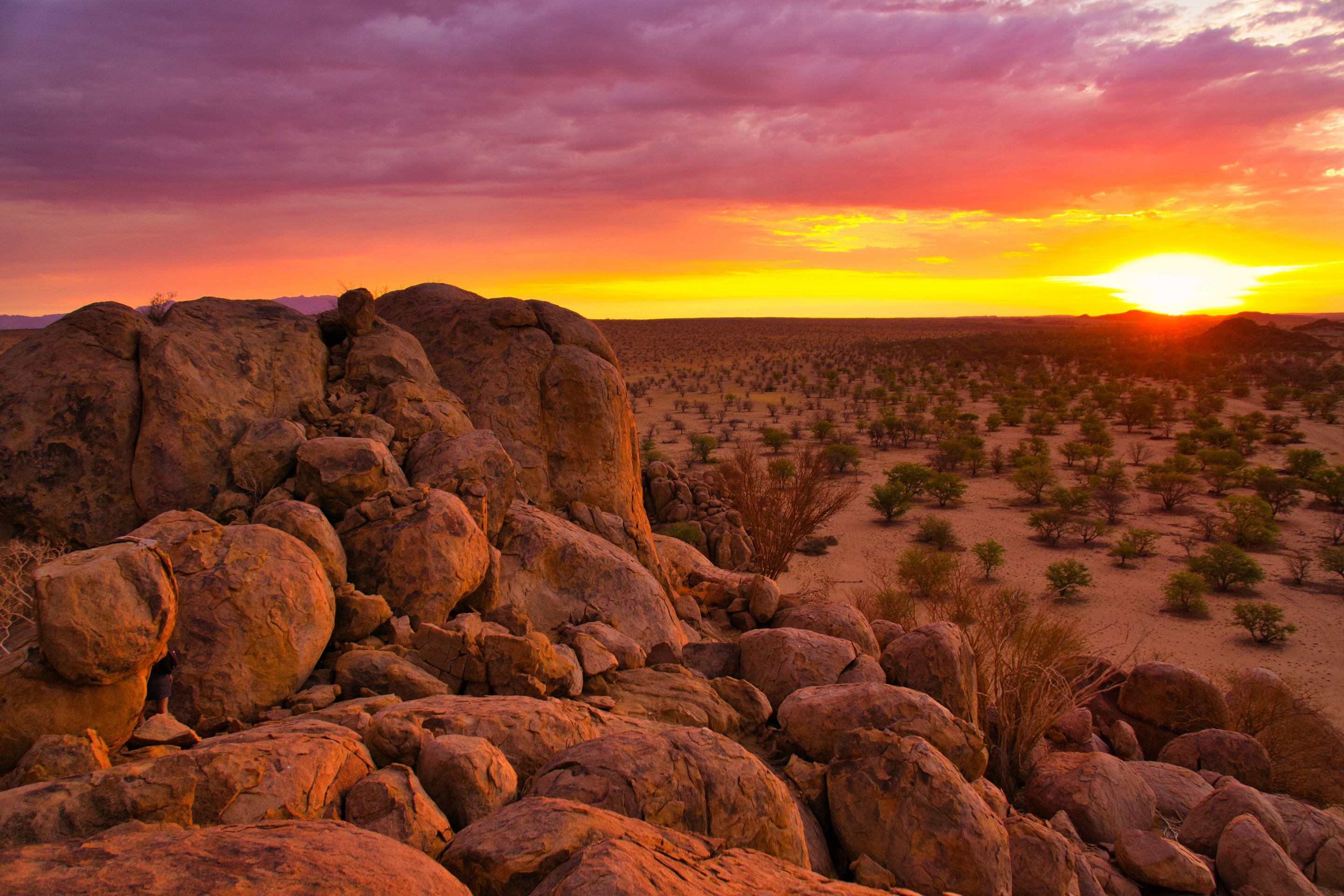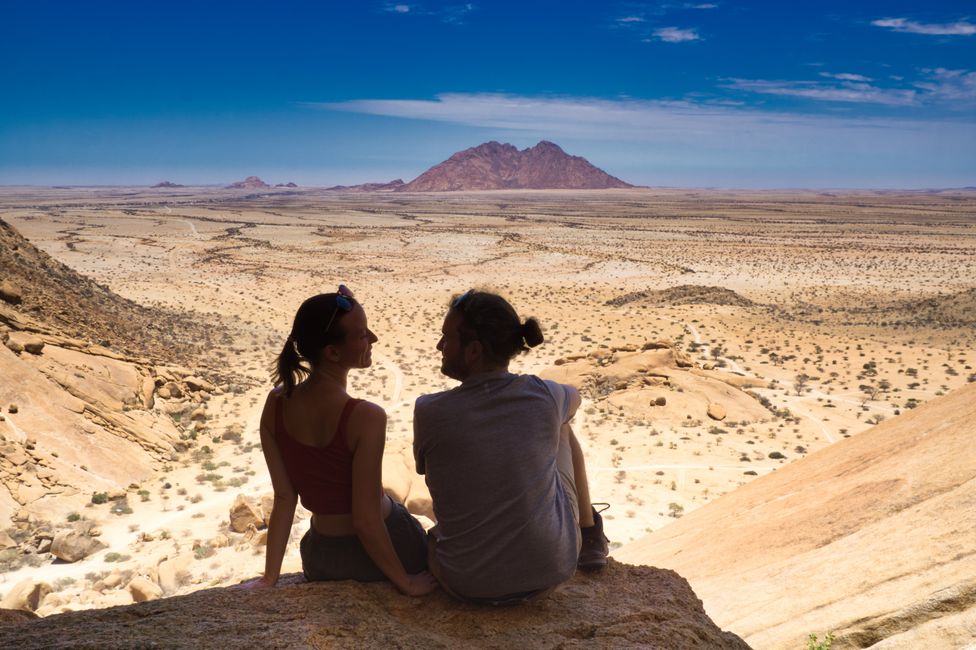Caprivi Strip - the green Namibia
已發表: 21.07.2022
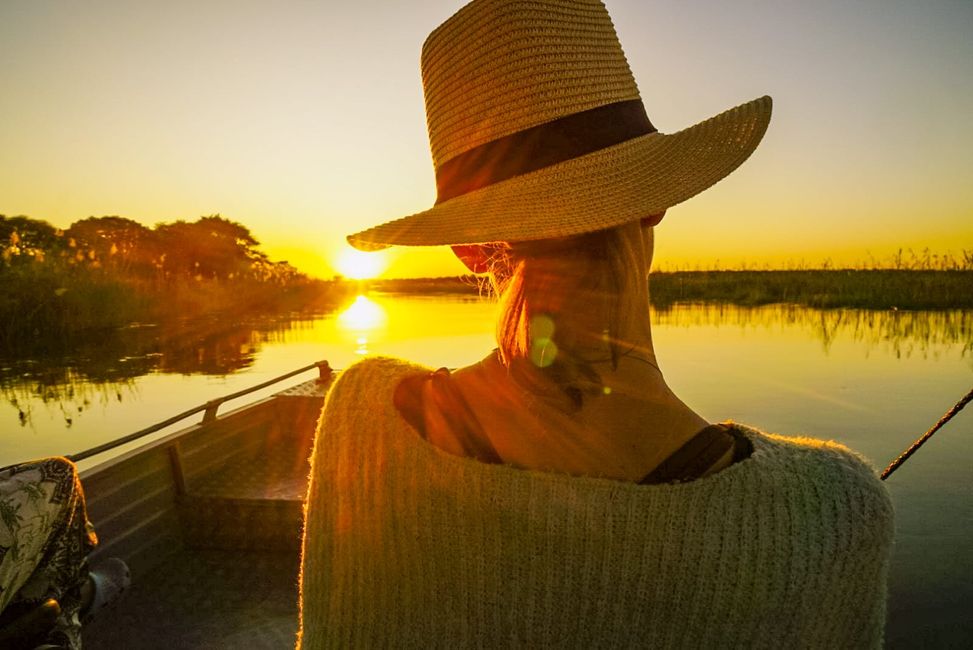
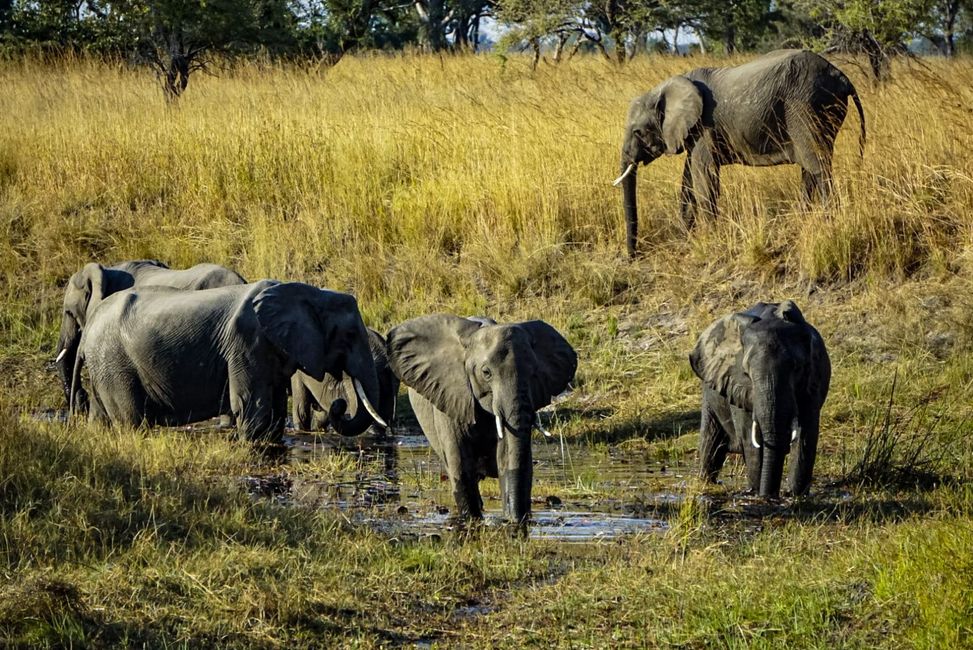
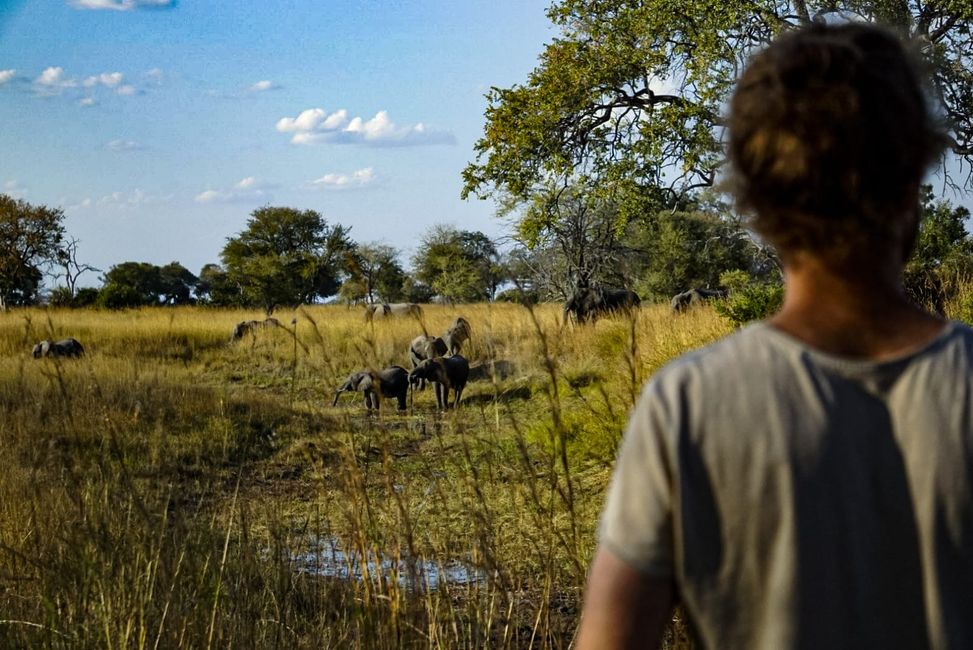
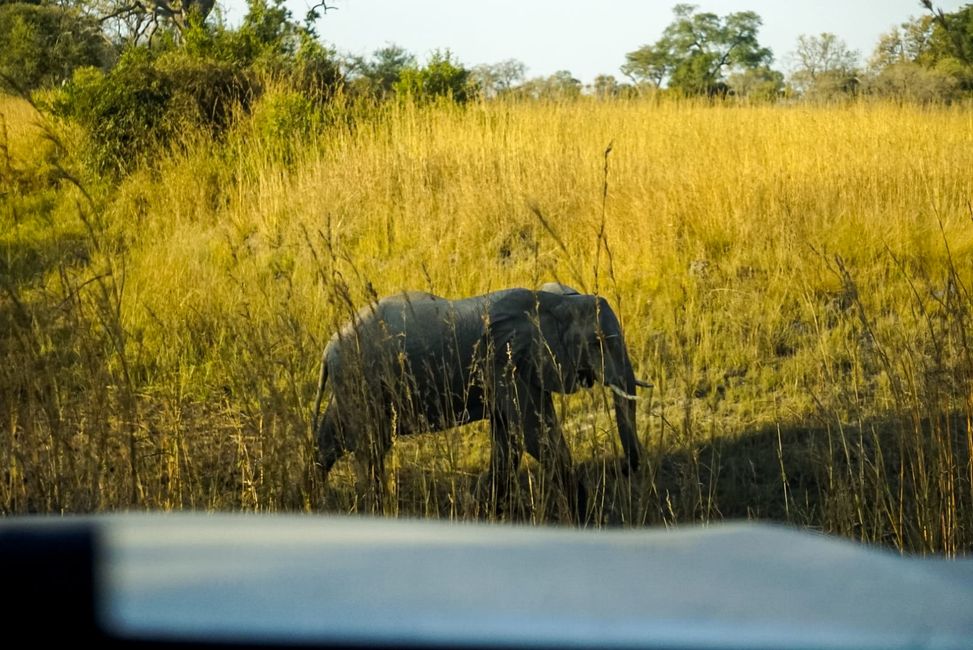
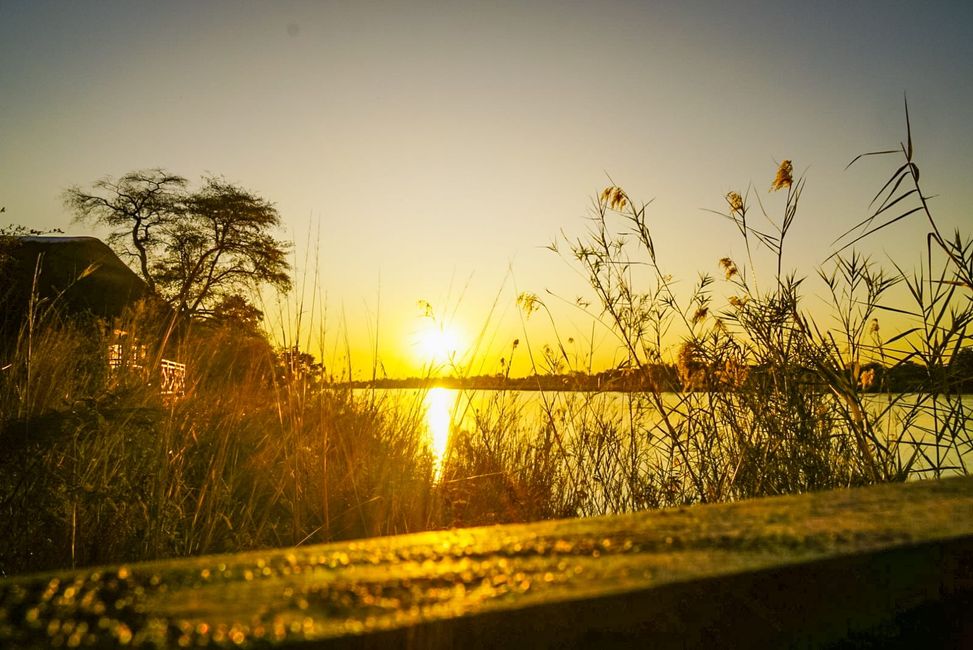
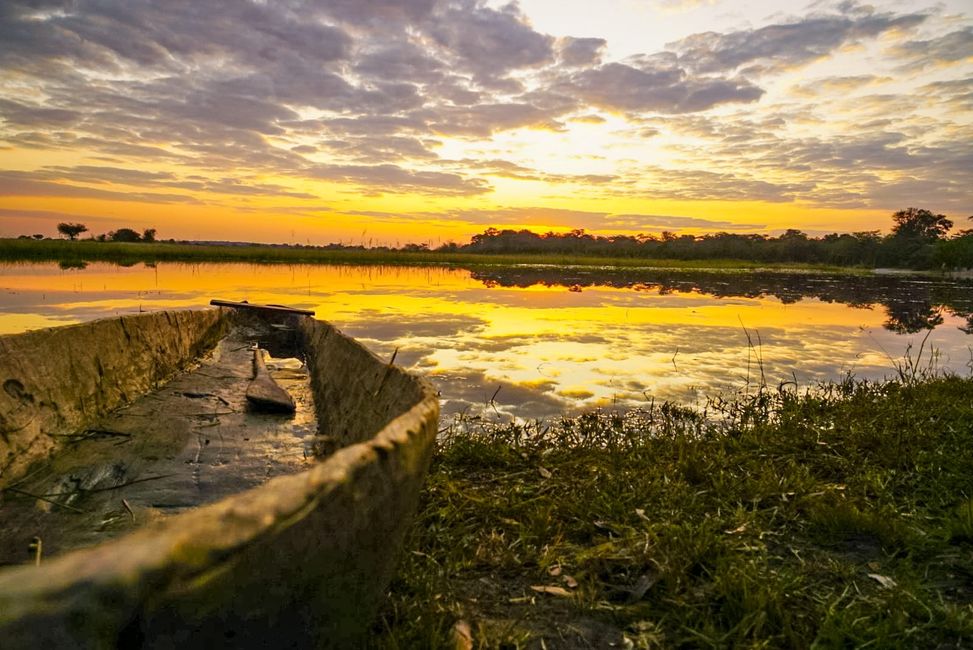
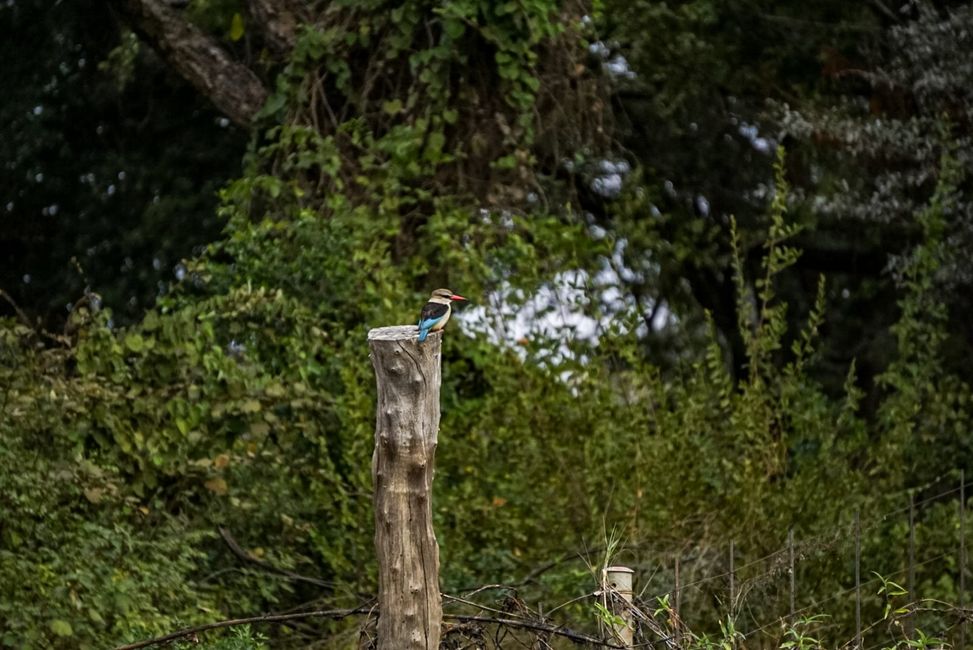
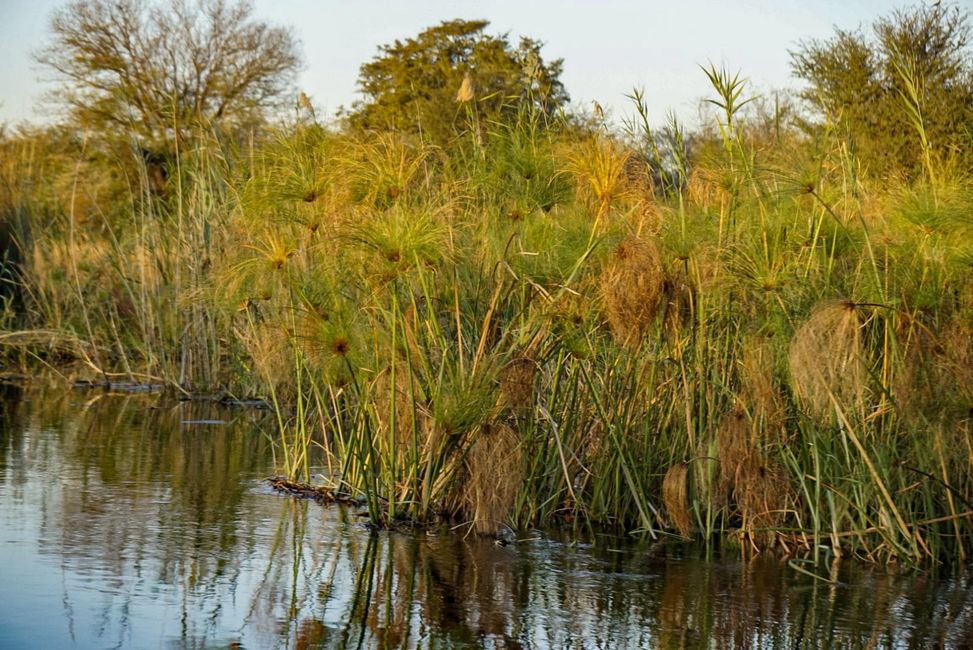
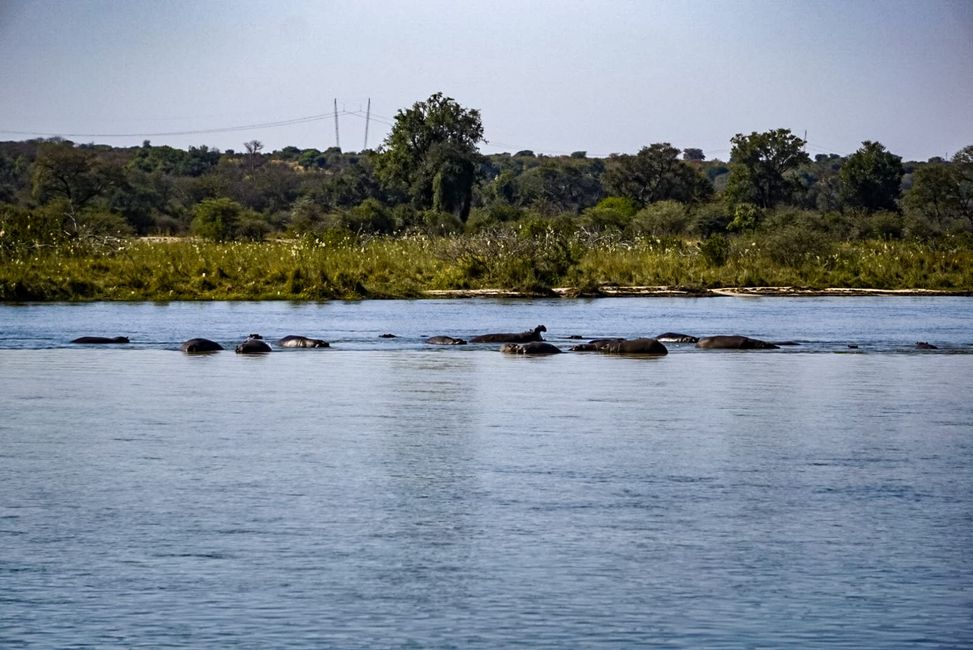
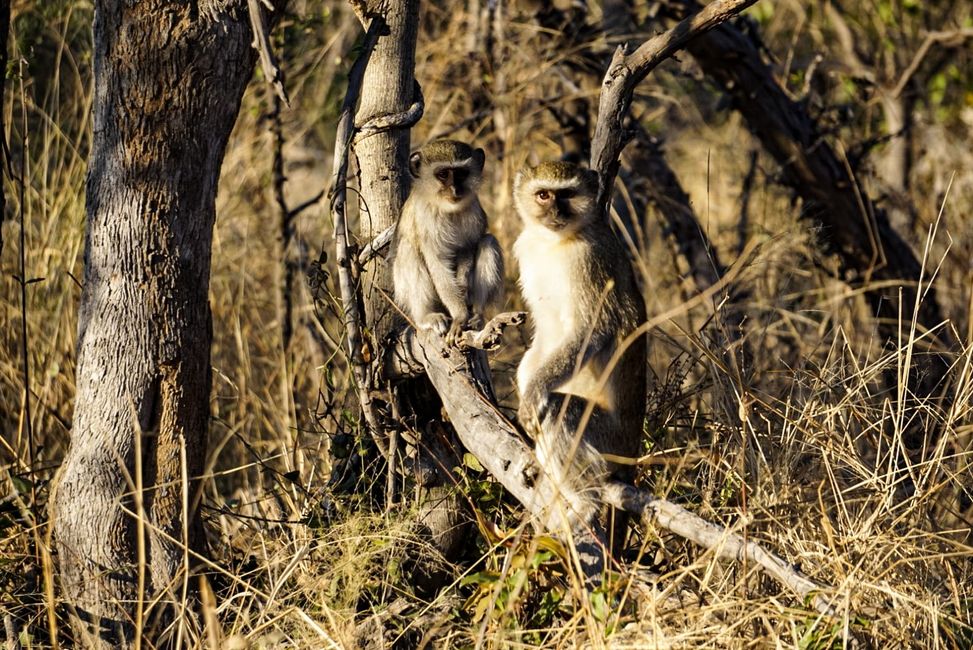
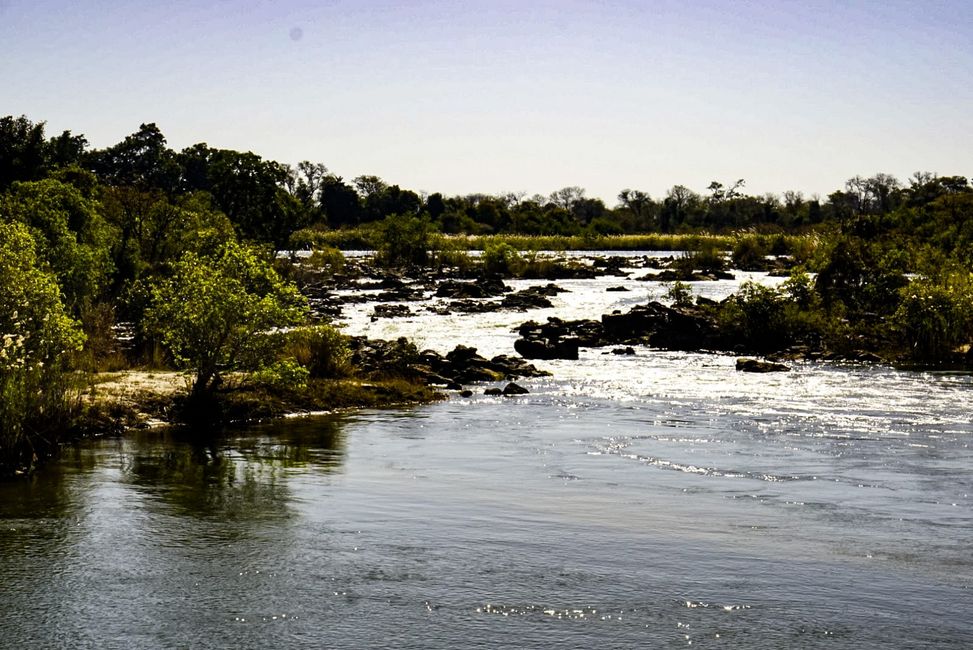
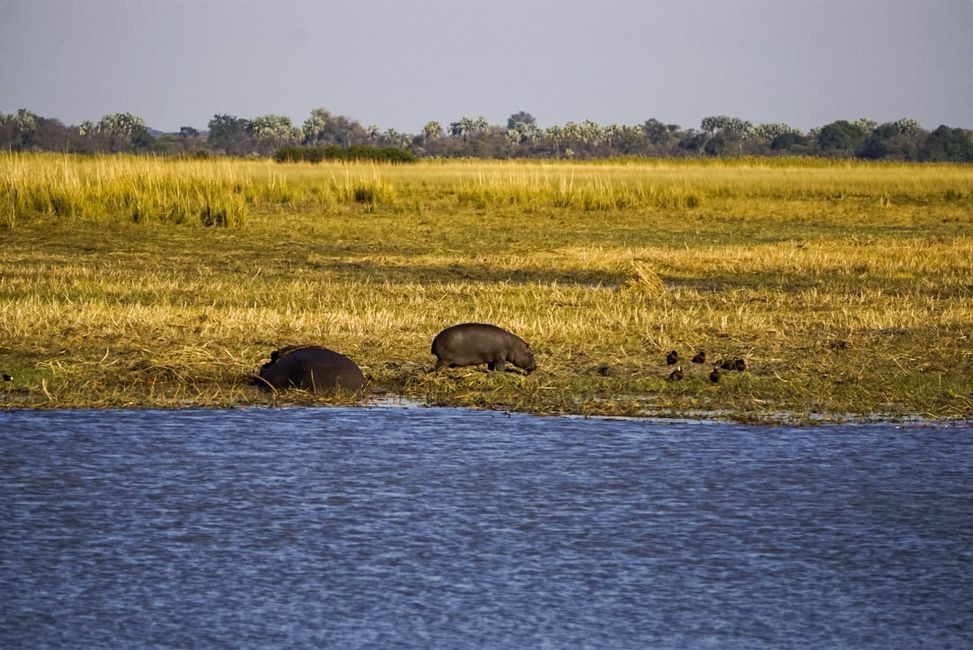
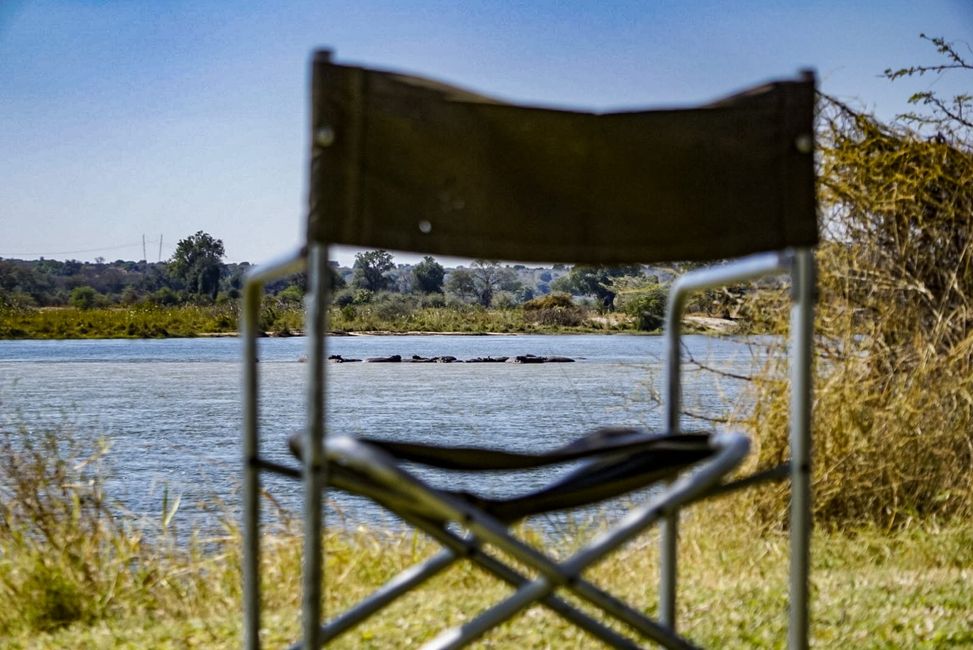
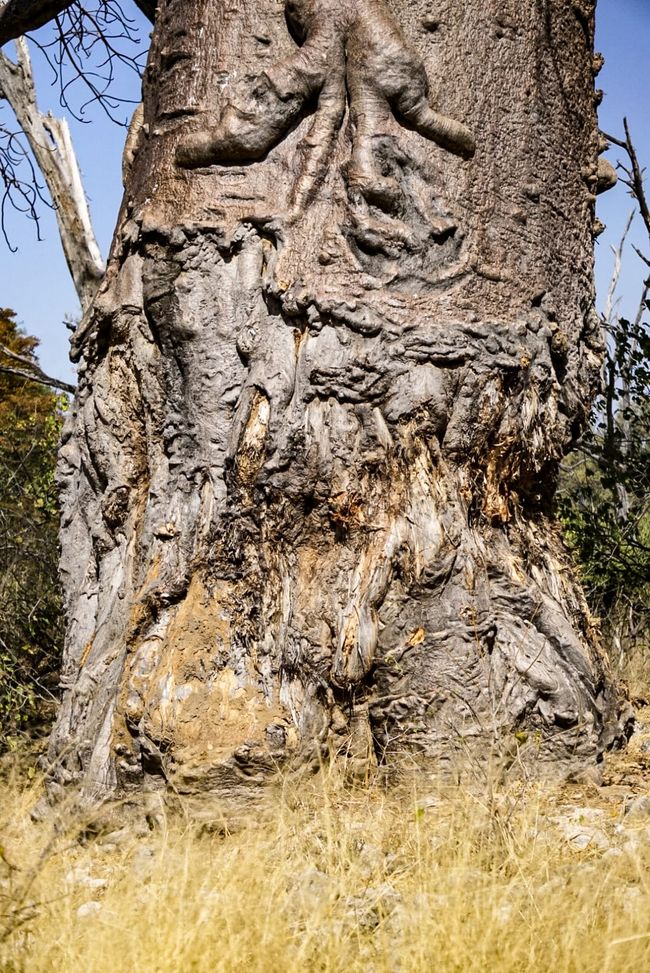
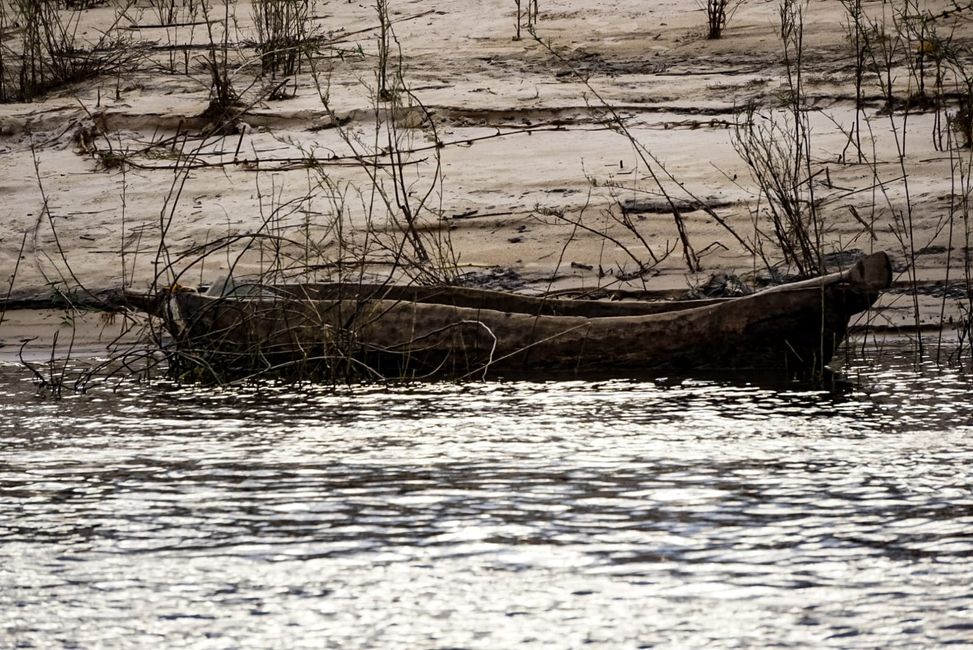
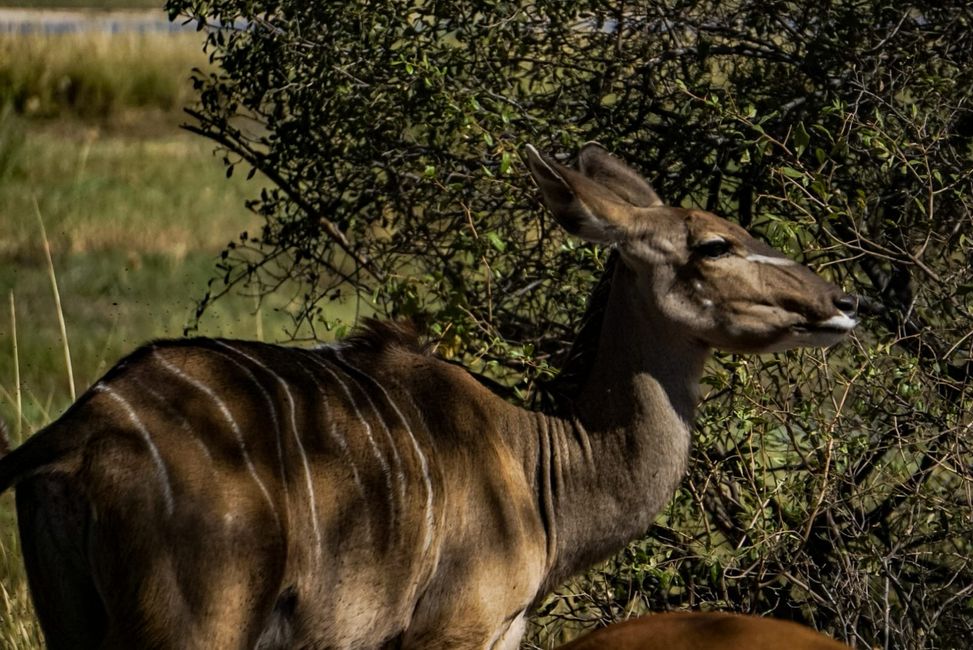
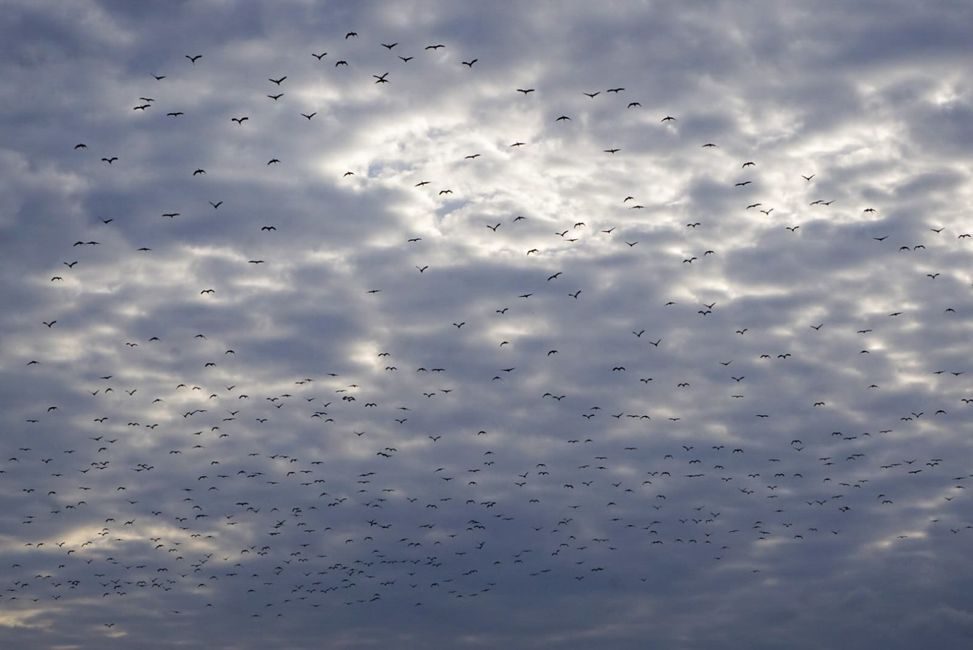
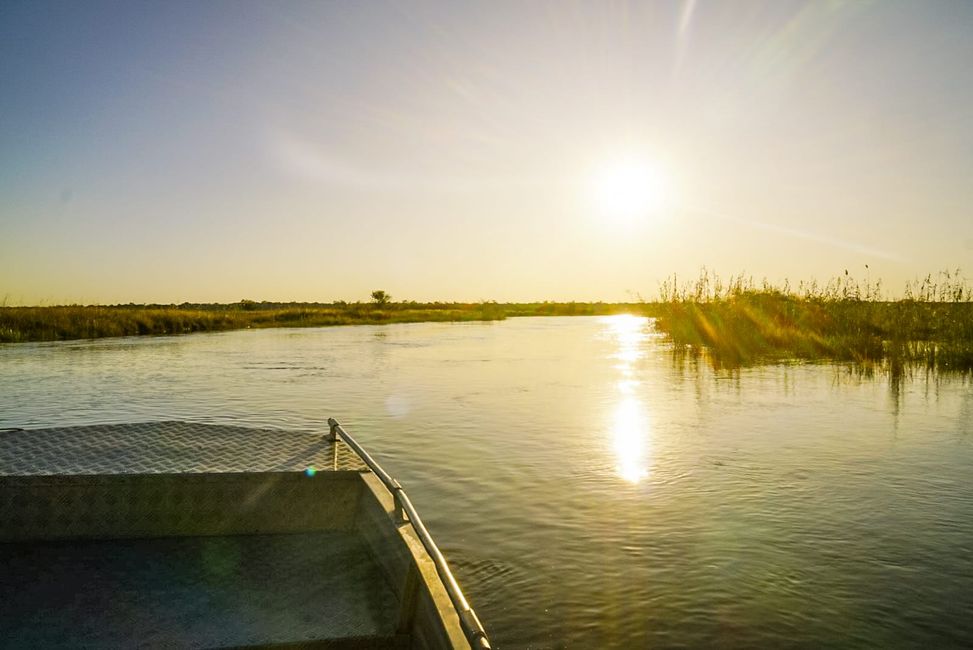
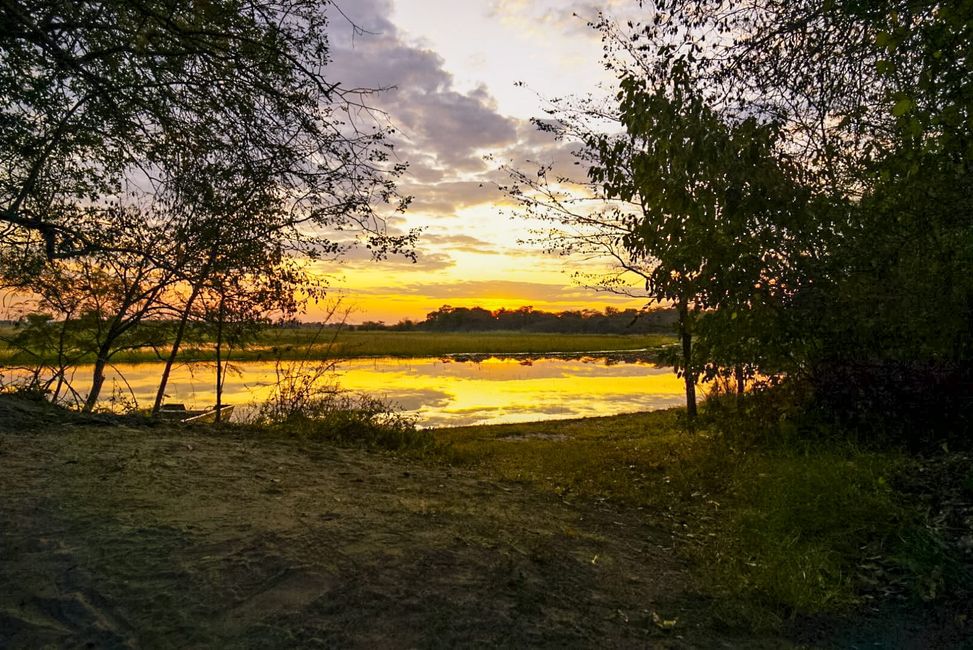
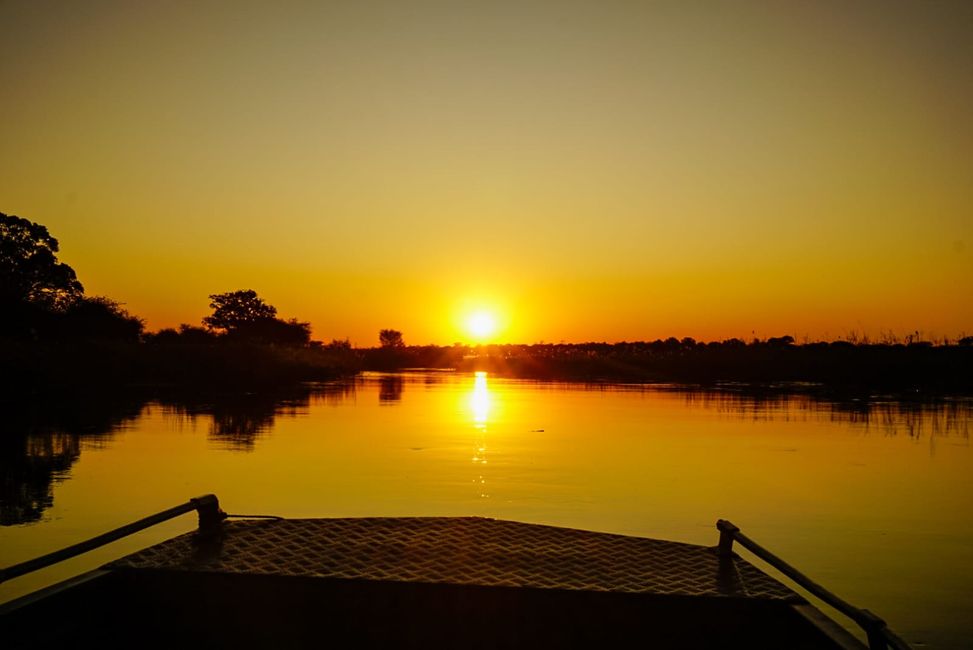
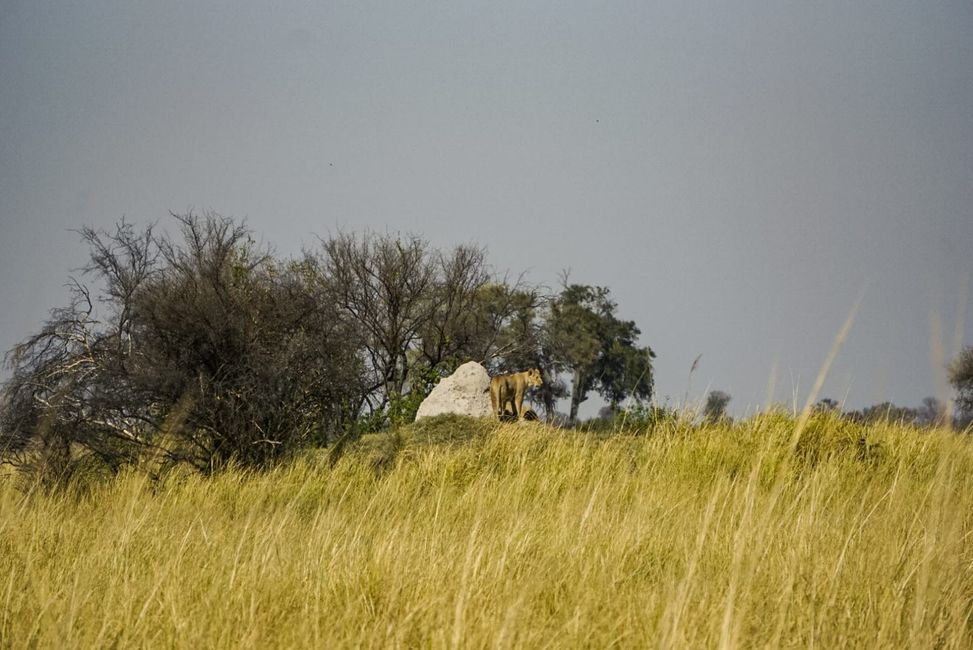
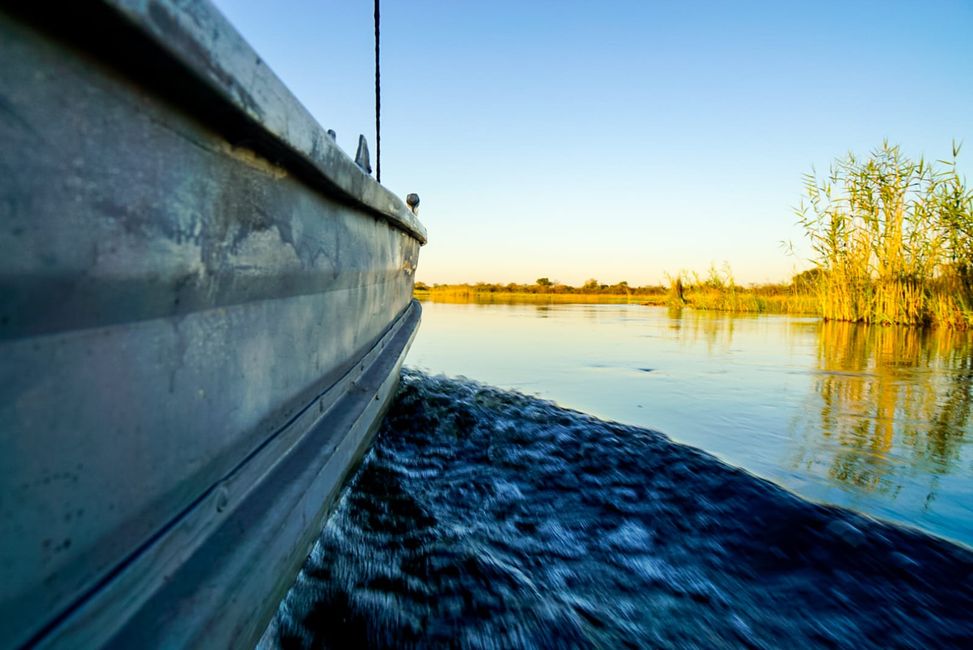
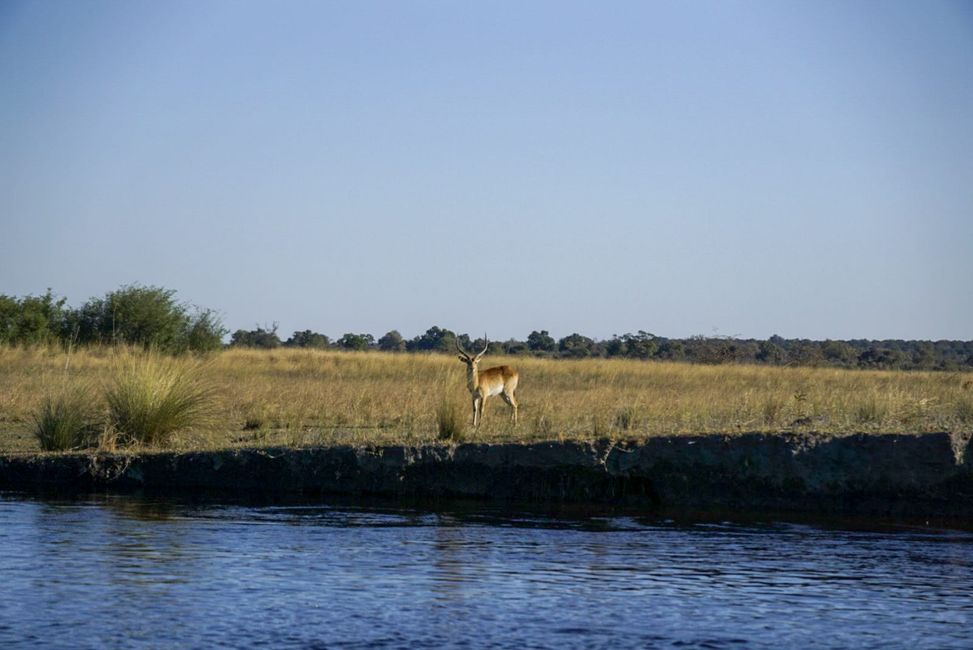
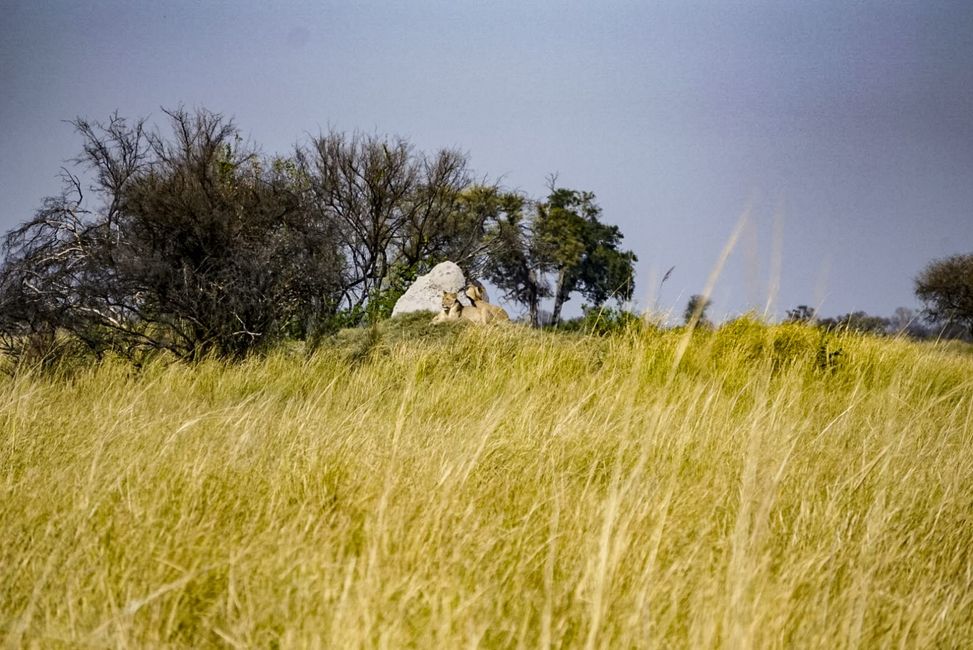
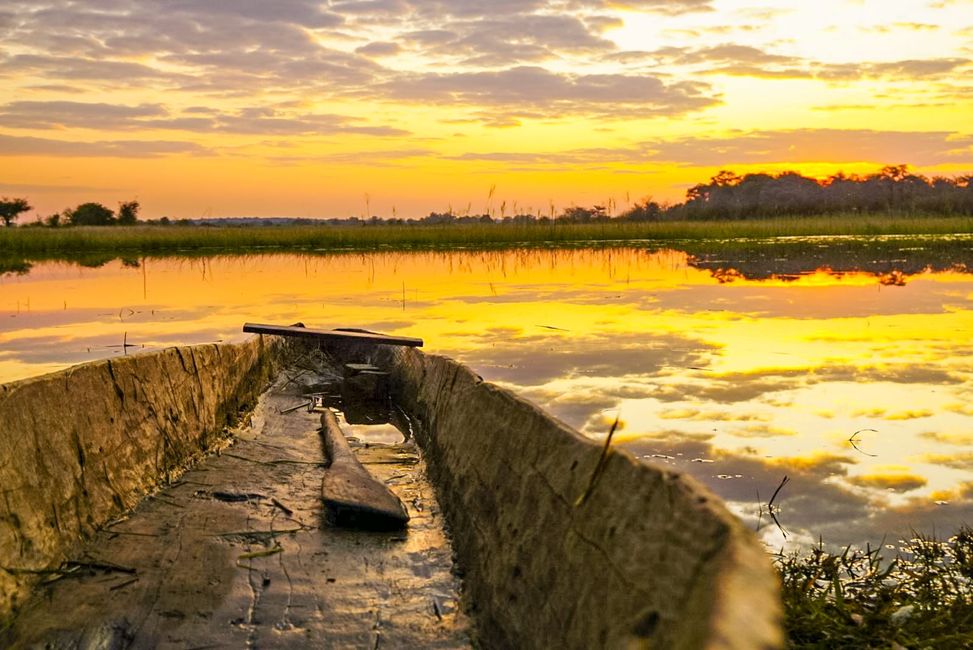
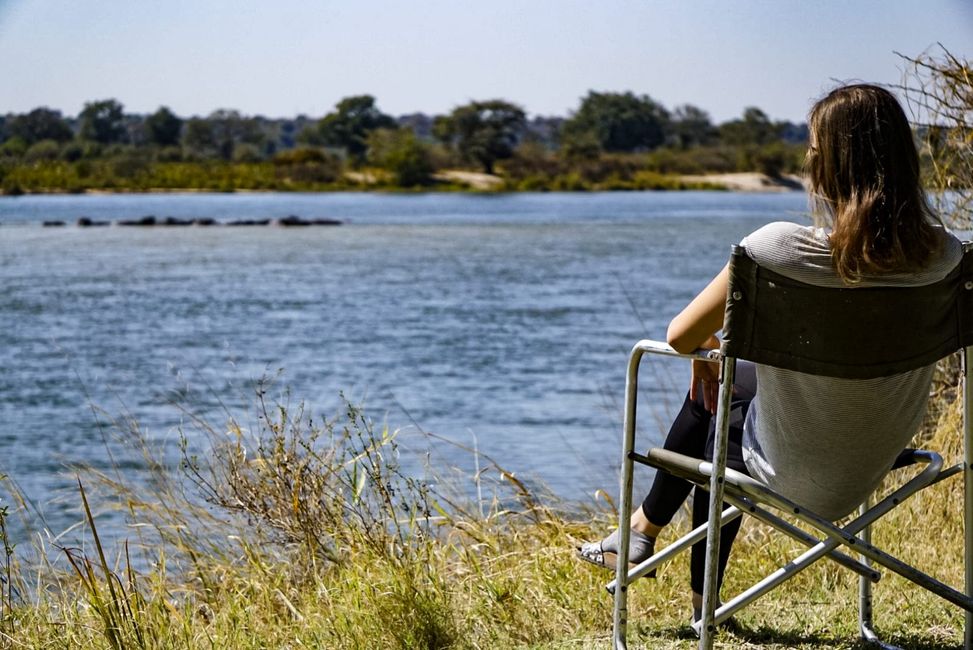
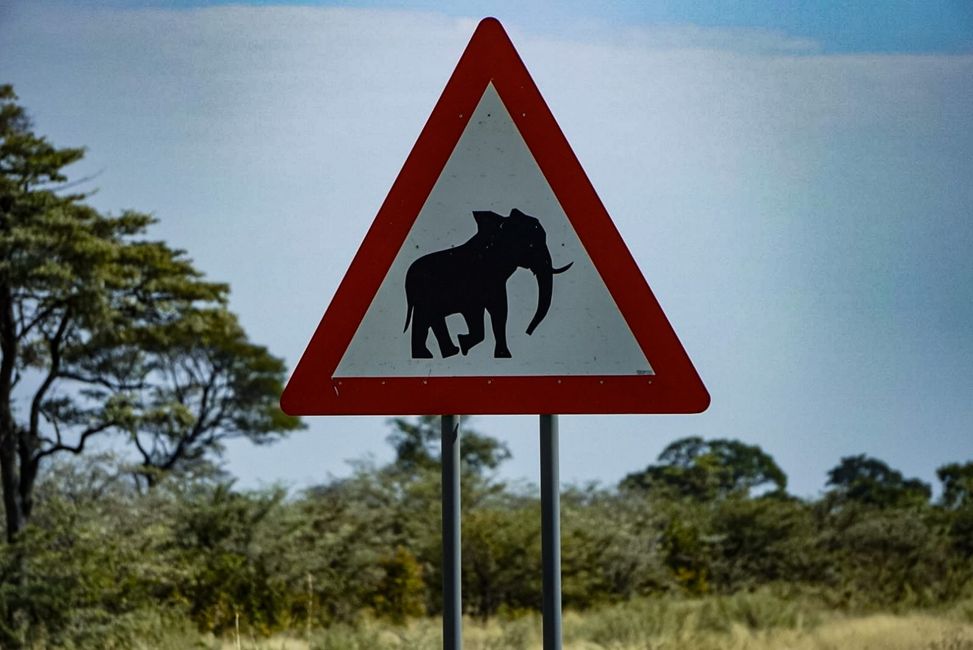
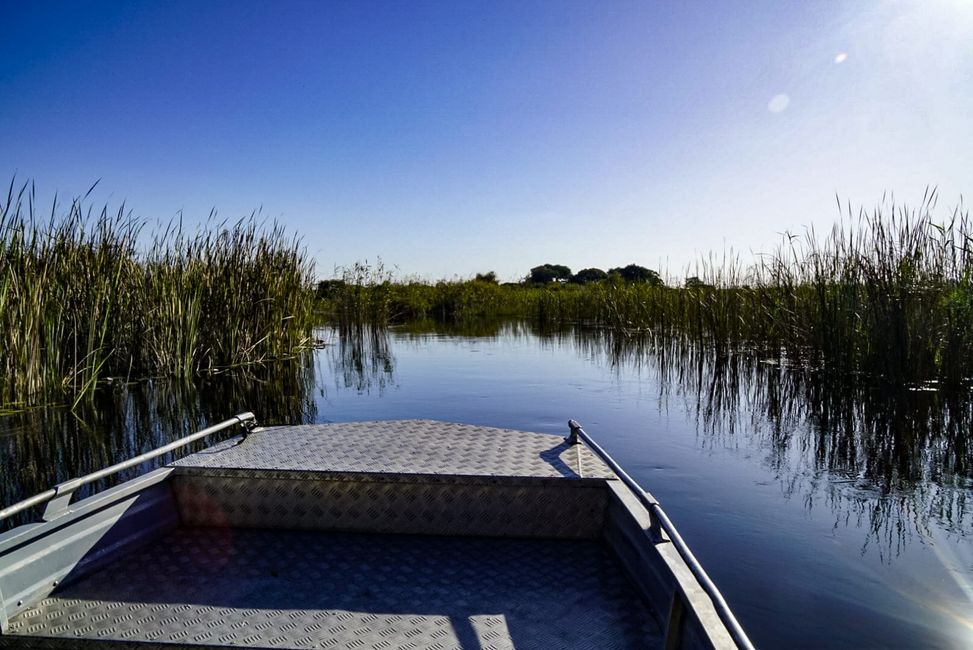
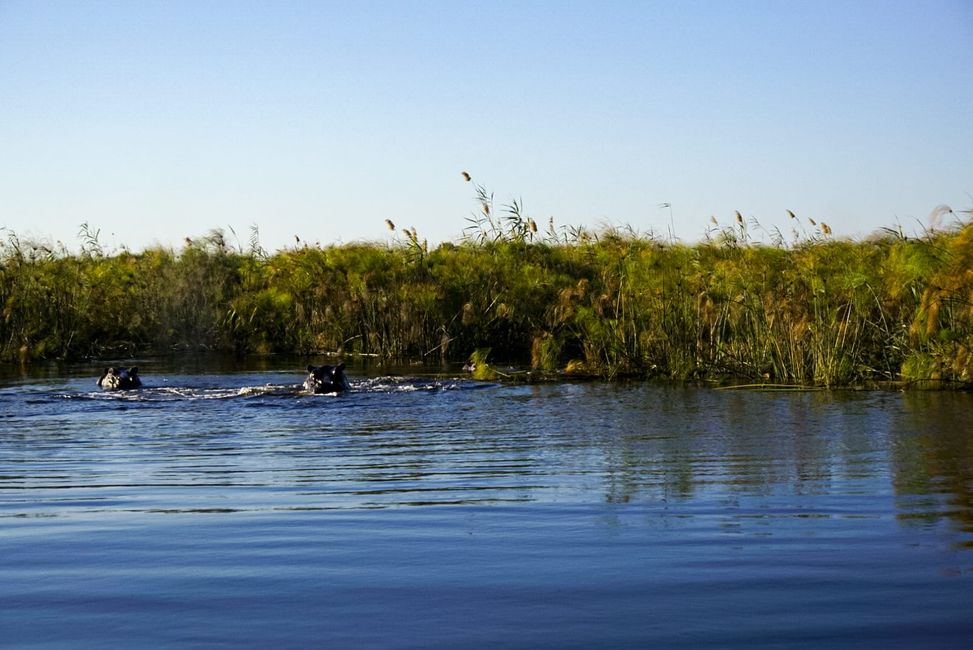
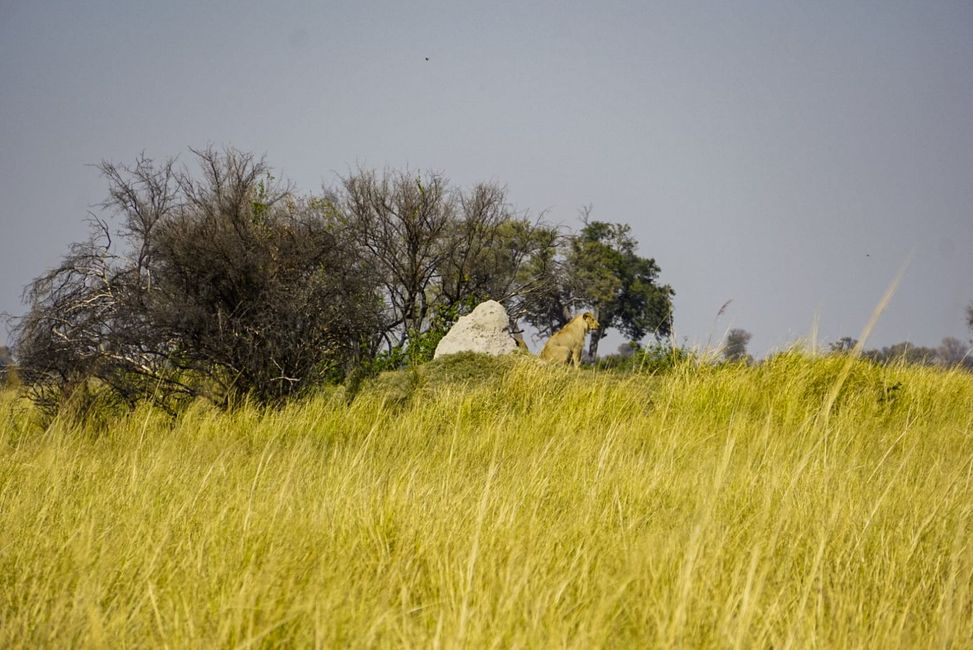
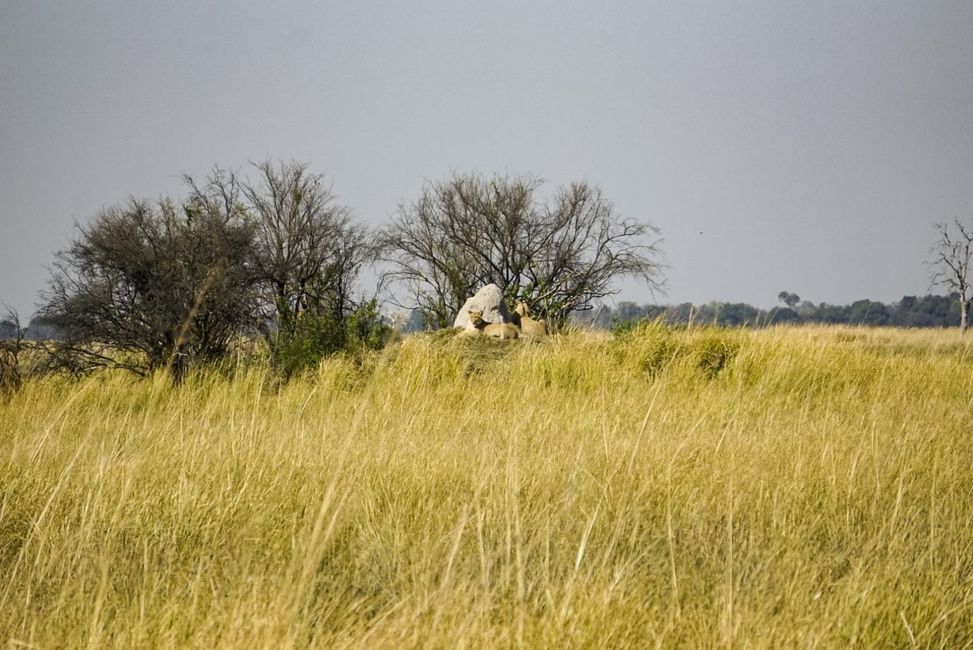
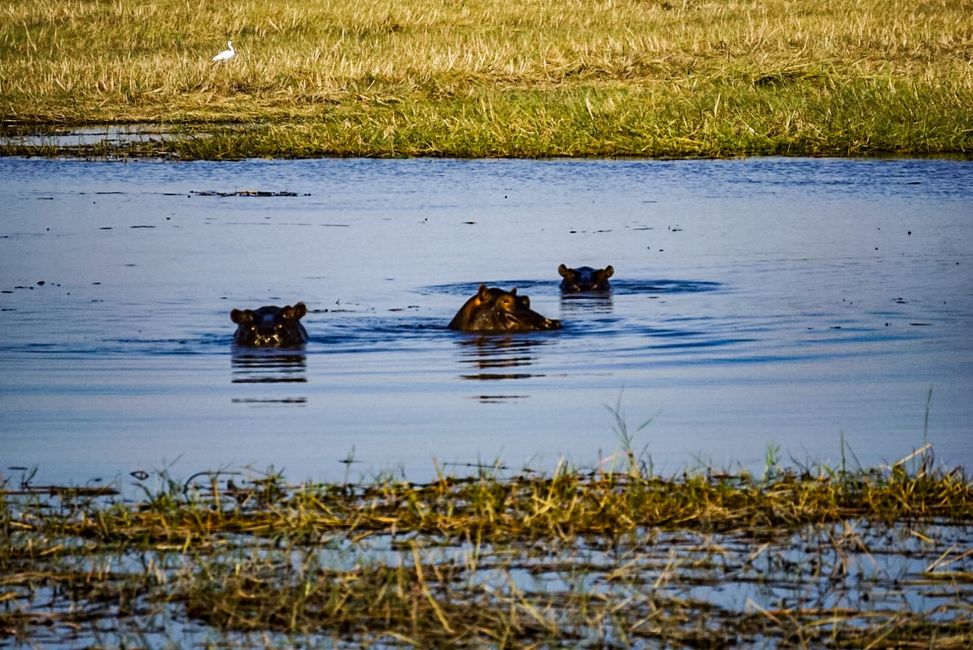
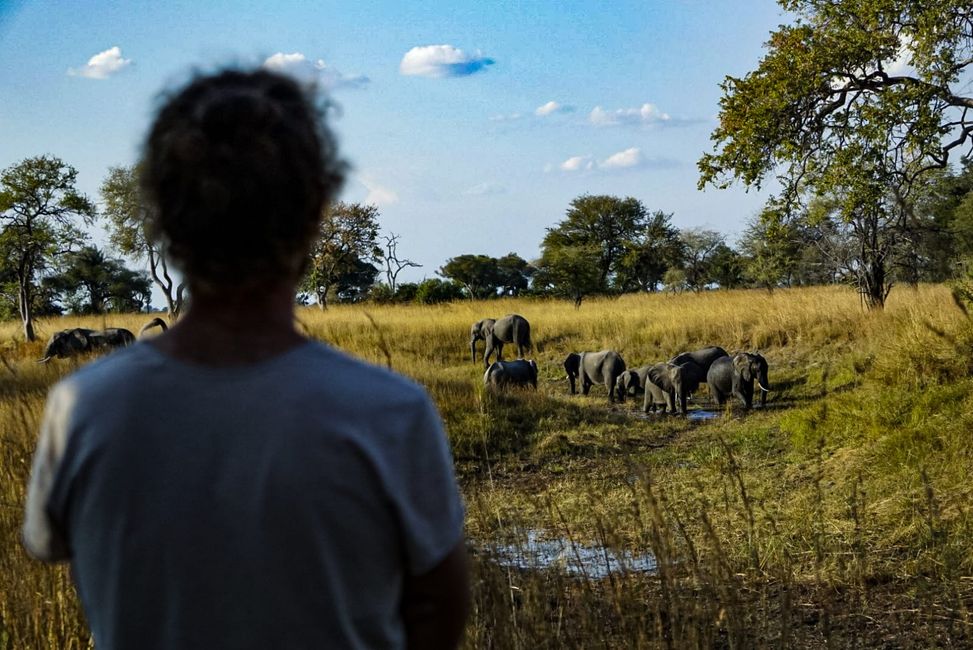
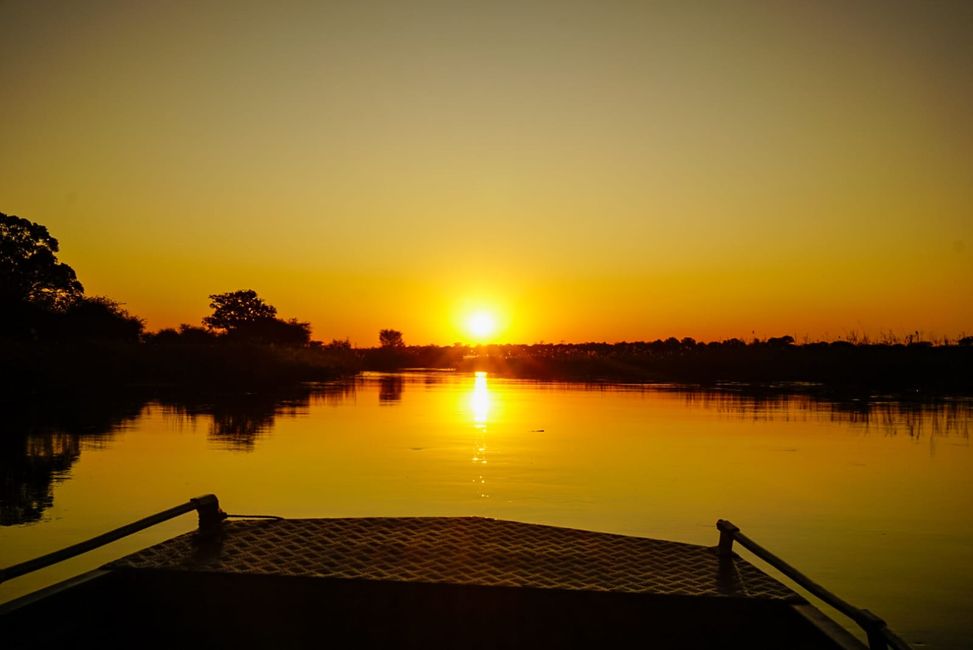
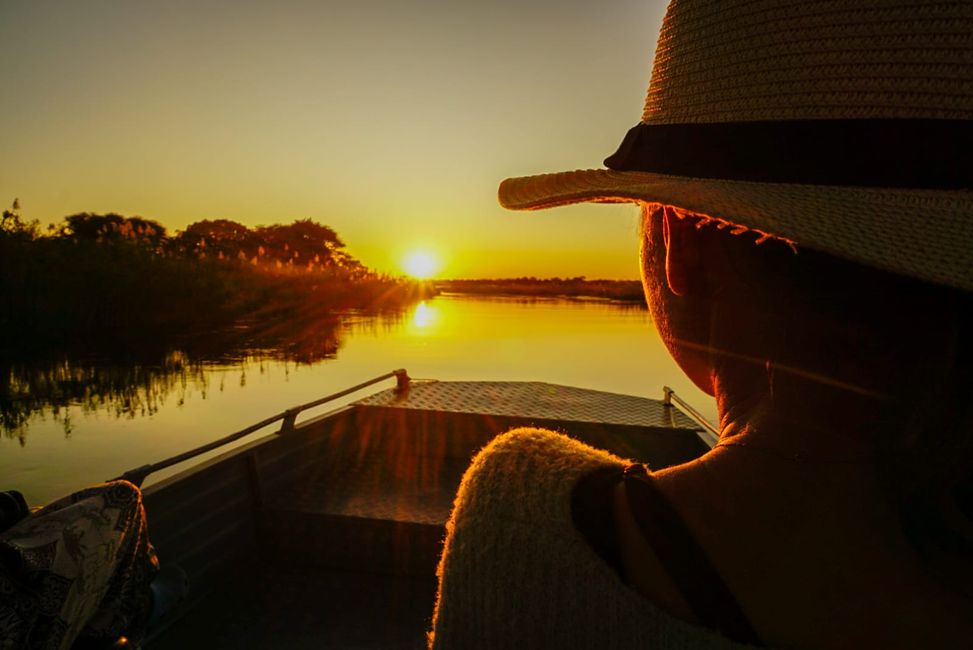
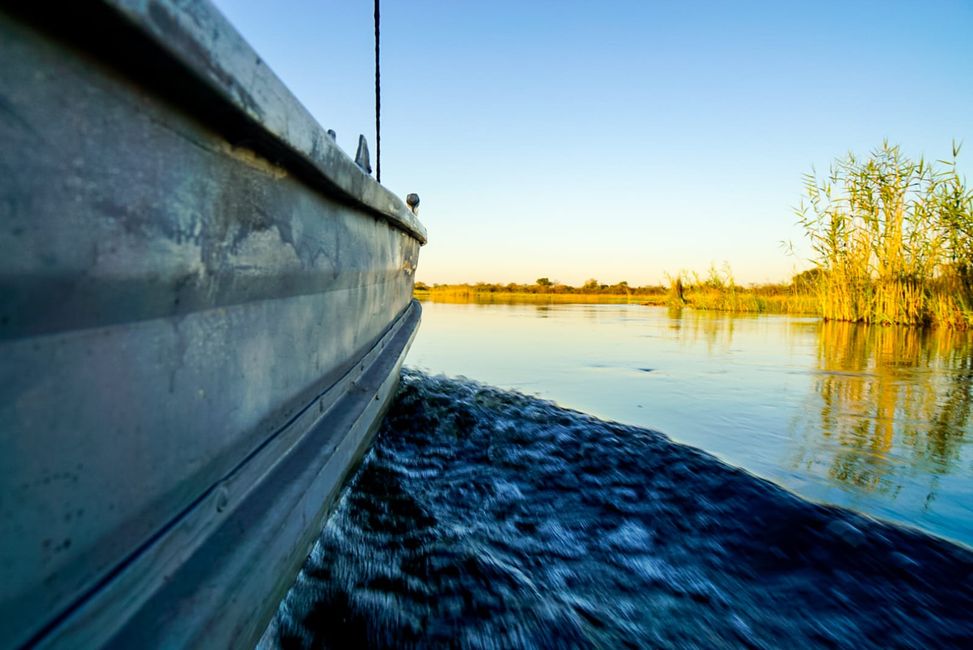
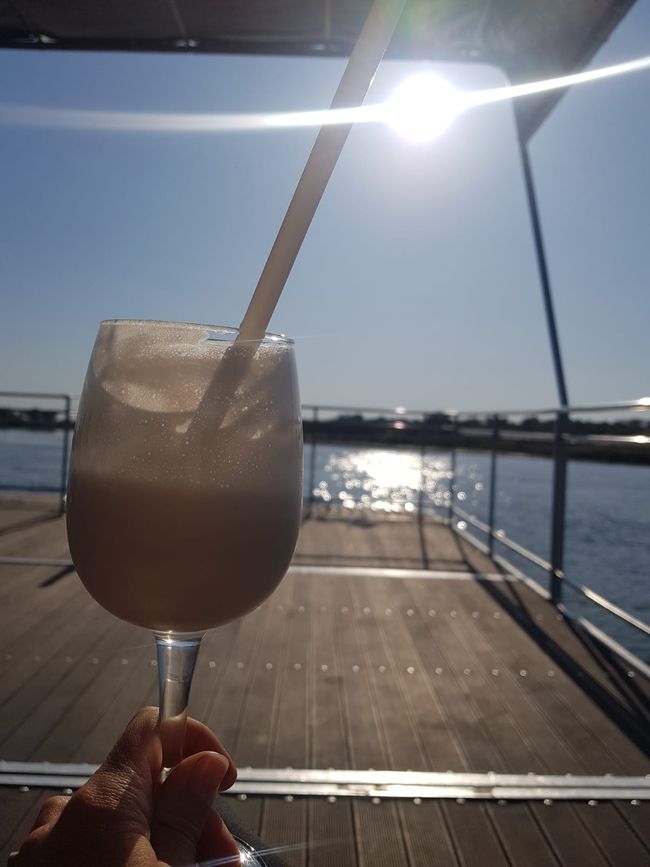
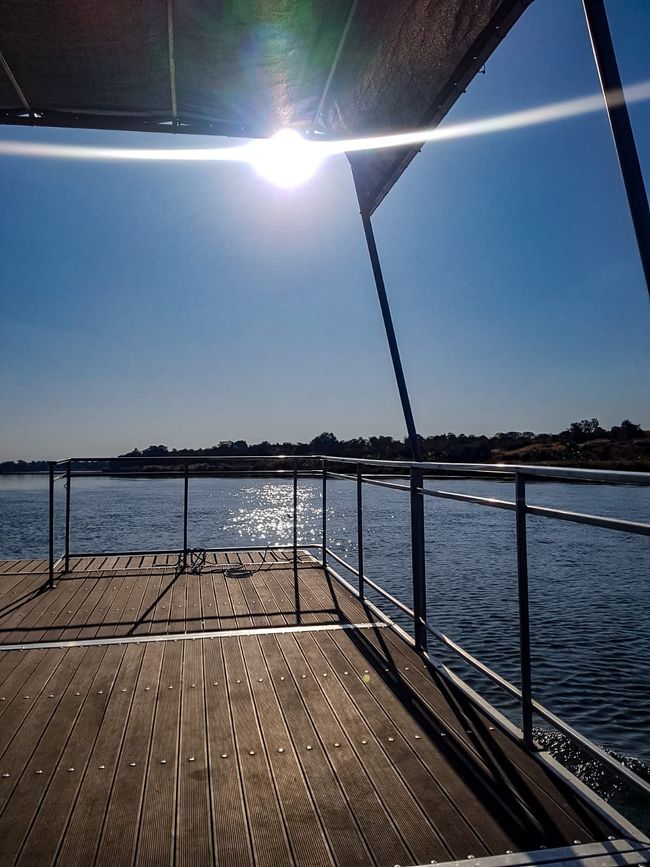
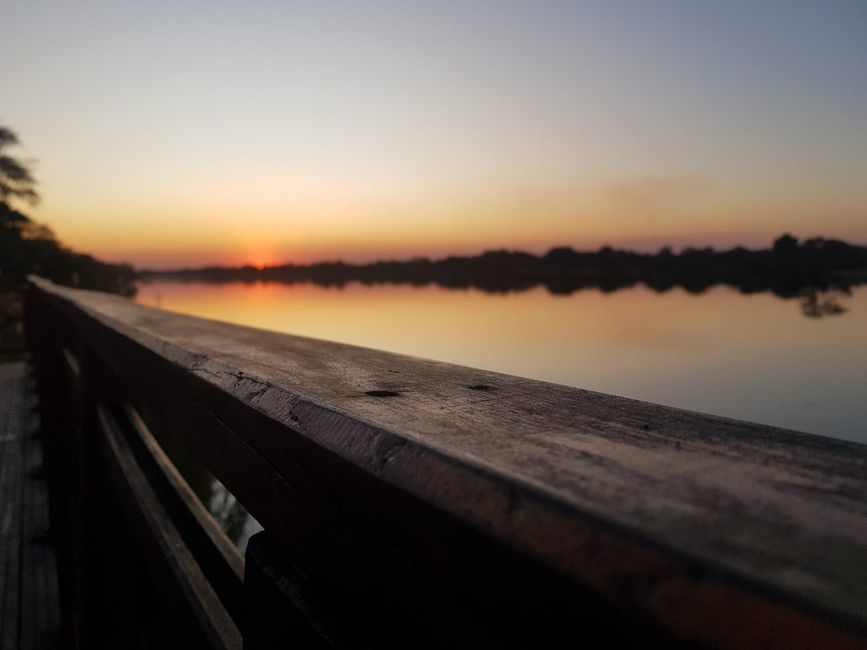
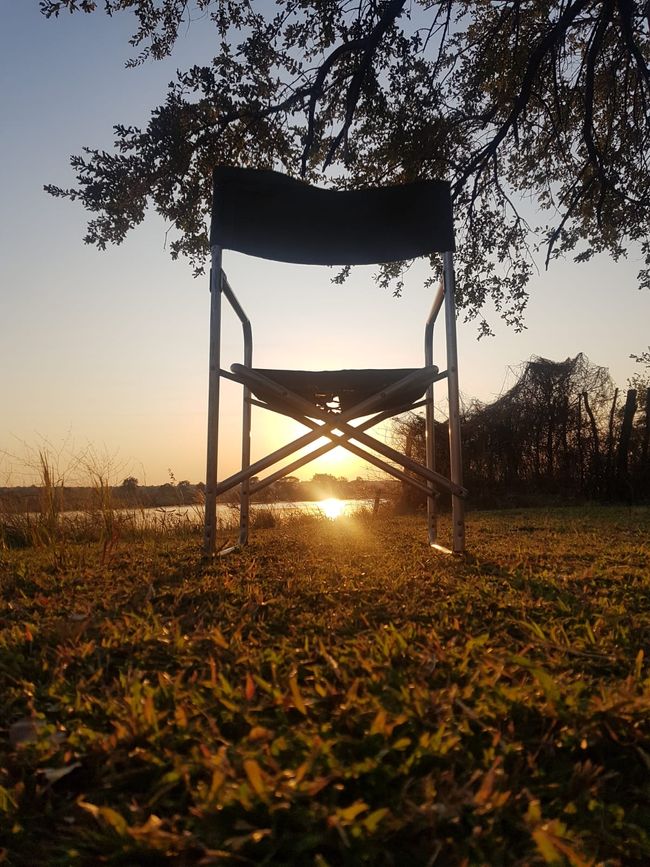
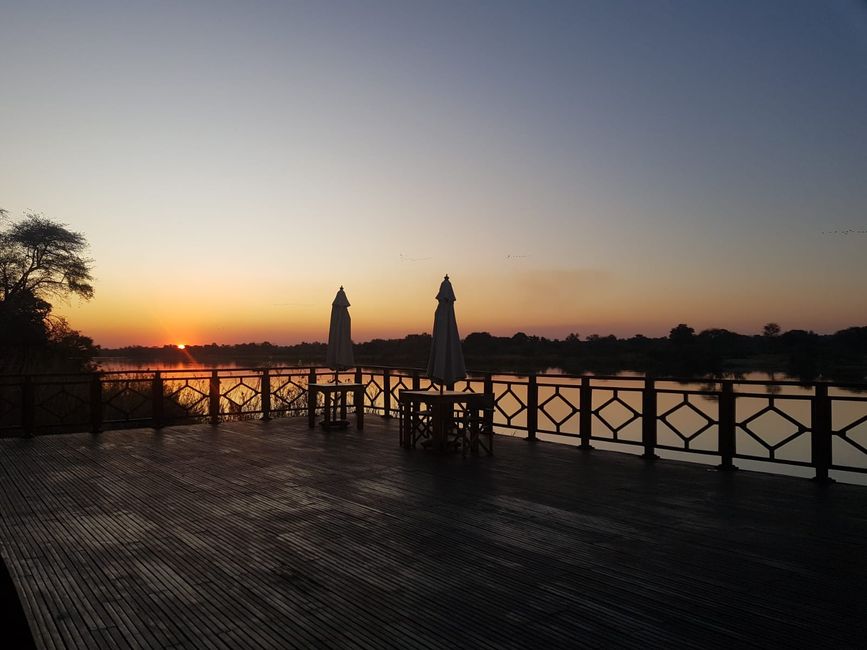
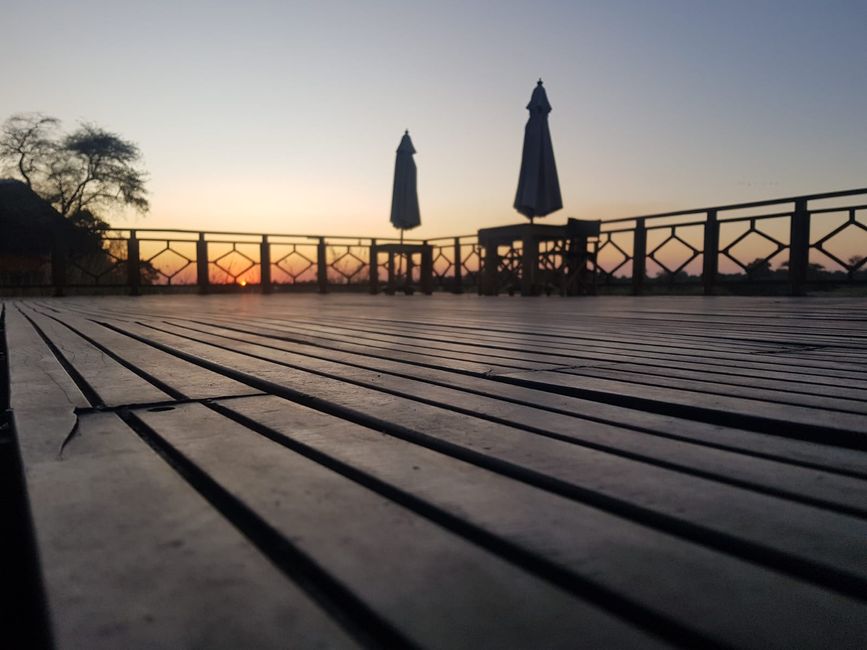
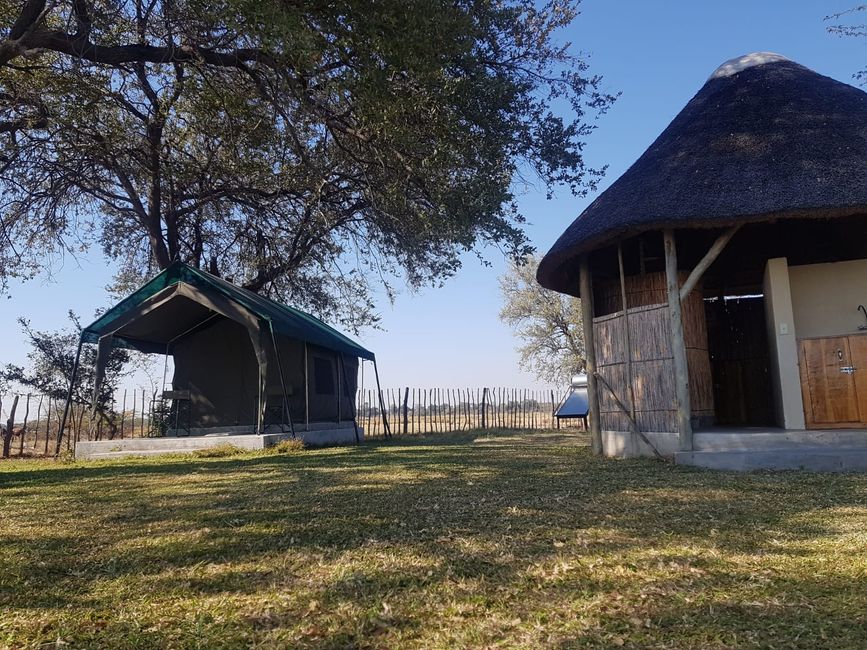
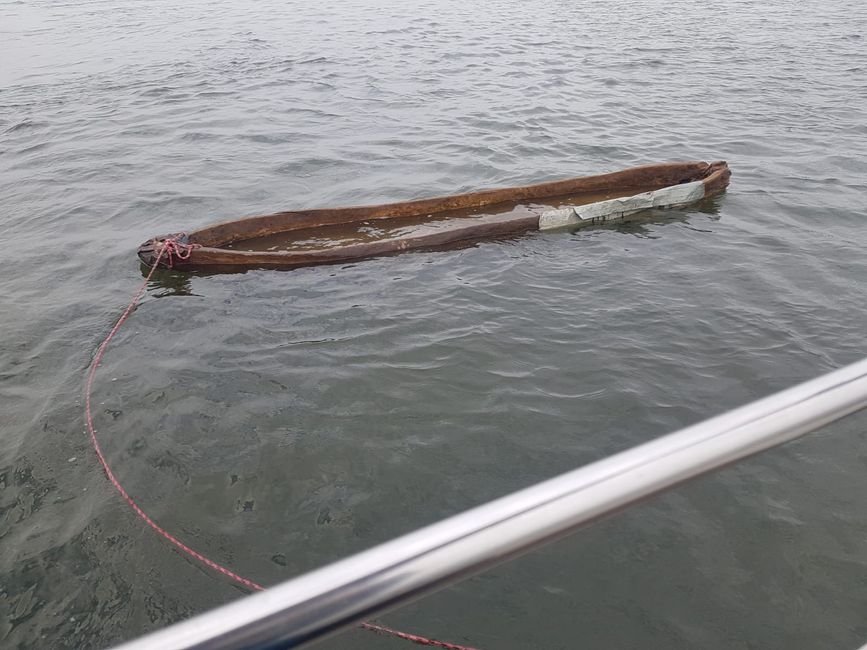
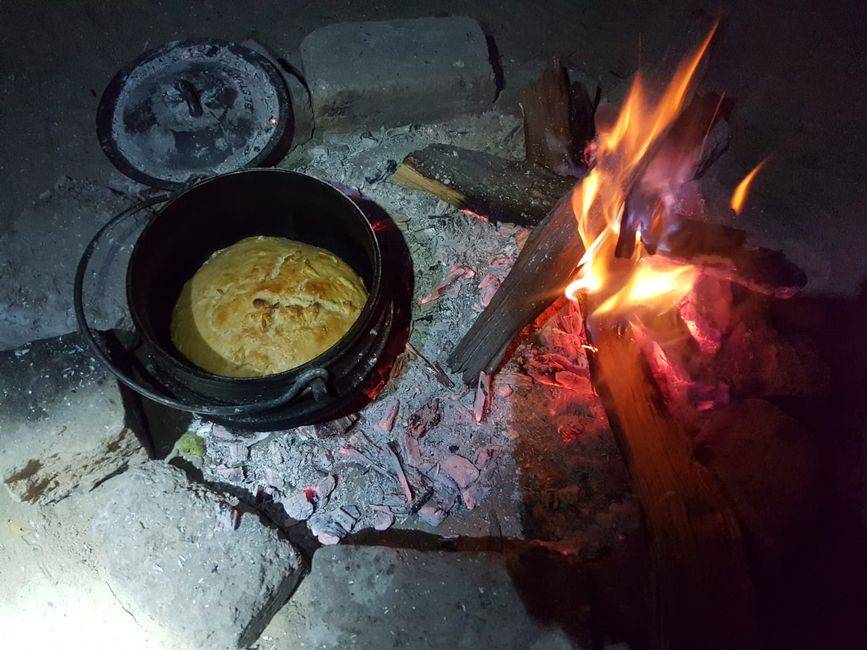
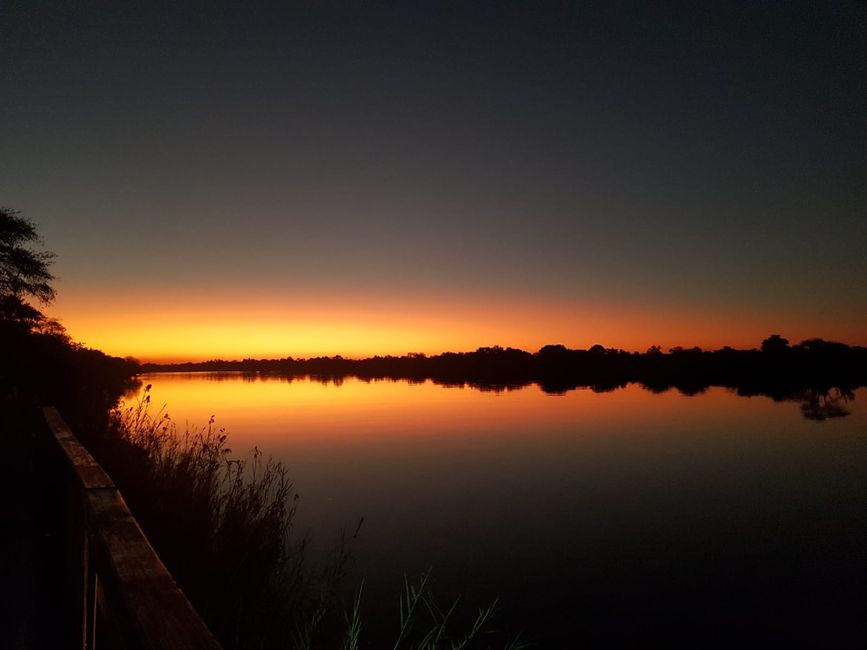
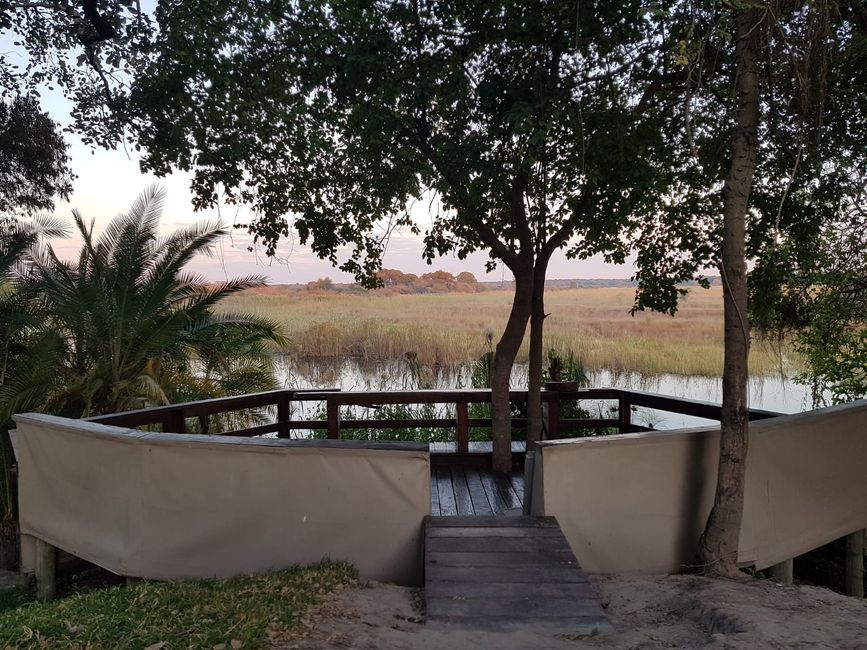
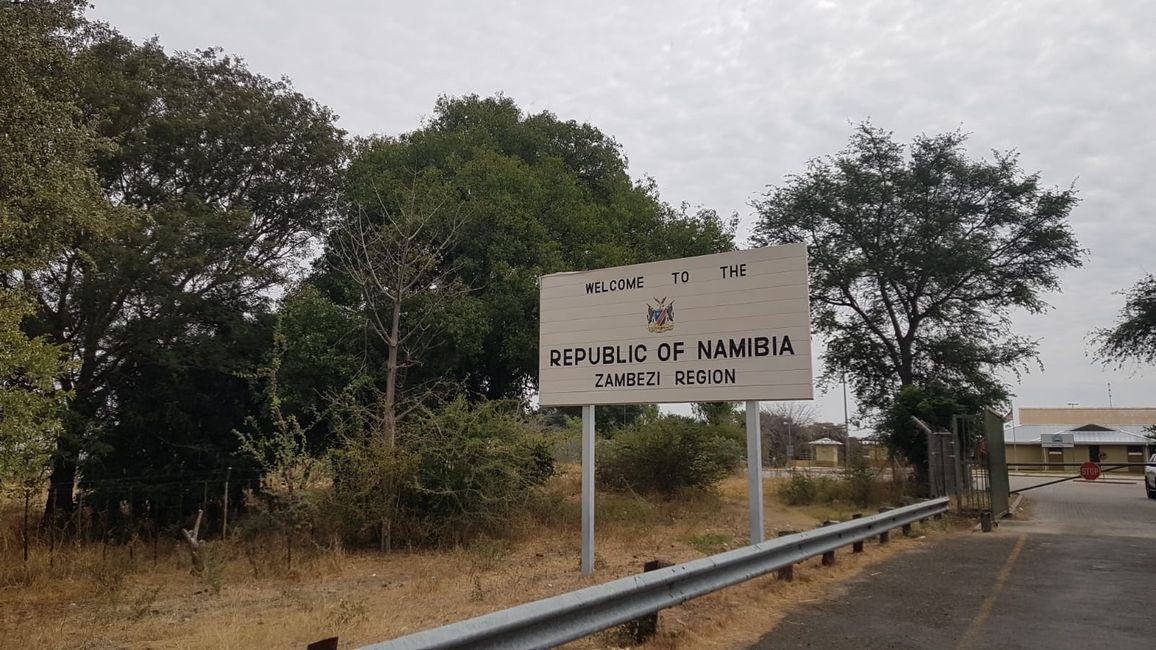
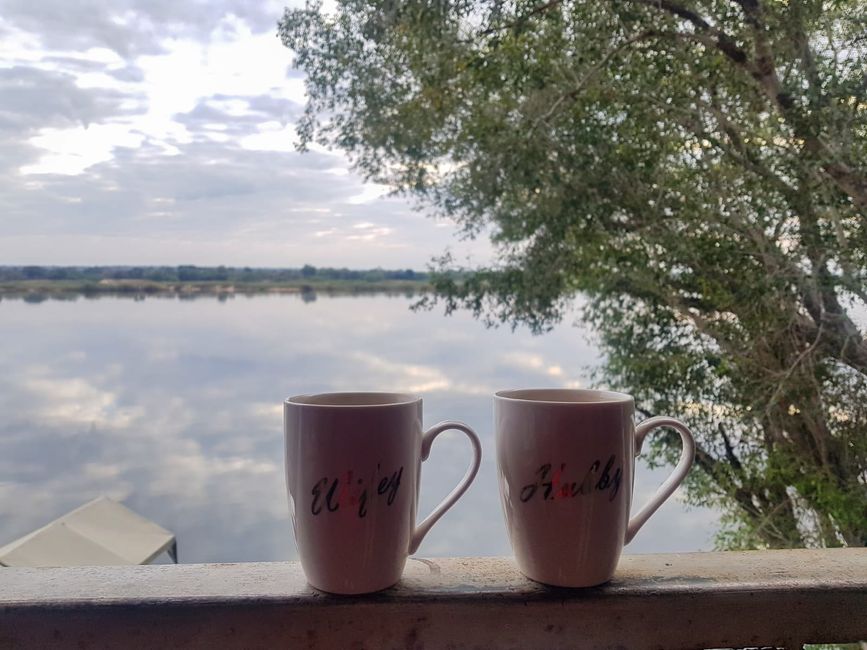
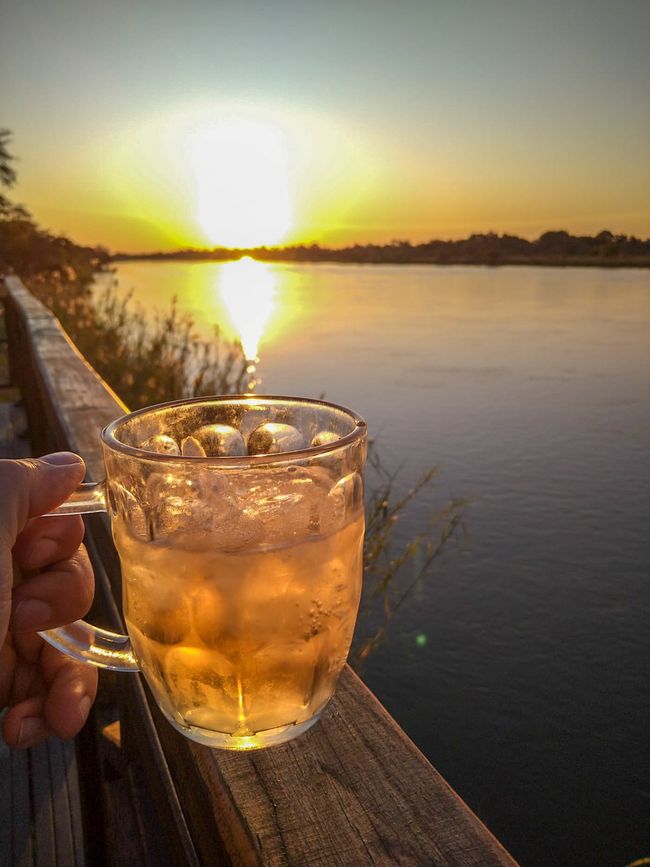
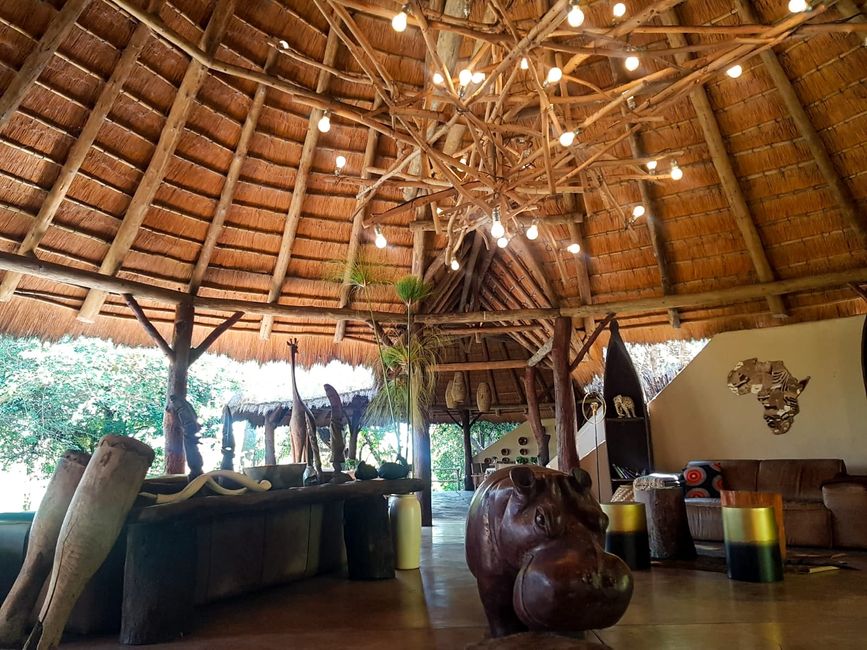
訂閱時事通訊
Fortunately, it was less wet than at Victoria Falls in the Caprivi Strip. The long strip in the north of Namibia, which extends eastward to Zimbabwe, is named after the former Chancellor Leo von Caprivi, but is actually referred to (except by tourists) as the Zambezi Region. Fun fact: When the national borders were being set by the German colonial rulers, they wanted to create a connection between German Southwest Africa (Namibia) and German East Africa (Tanzania), which was supposed to be achieved via the Zambezi River. The Caprivi Strip extends so far between Botswana and Zambia to the east that the Zambezi River could finally be reached within the country. The only problem is that nobody thought about the fact that the Victoria Falls are right behind it - not suitable for navigation.
Fortunately, these colonial decisions now mean that Namibia, in addition to lots of desert and dried-up riverbeds, has a very green, fertile region here. While in 2019 we were only at the Epupa Falls near the coast on the border with Angola, this time we are driving straight through the eastern north. Coming from Botswana, we cross the Chobe River, which also serves as the border with Namibia, and from a distance we see: “Welcome to Namibia!” It almost feels like coming home. Since this is the only region in Namibia that we don't know at all, we have planned about ten days for it and want to explore it thoroughly. The route is easy to plan because there is only one major road that leads through the strip. The first stop is the relatively large town of Katima Mulilo on the Zambian border. Unfortunately, we only realize on site that our campsite also offers multi-day houseboat safaris, otherwise we would have loved to do that too. So we settle for a boat tour on the Zambezi, where we peacefully drift along with hippos and local fishermen in the canoe-like mokoros. These wooden mokoros are sometimes several centuries old and are traditionally passed down from generation to generation. We later realize that this is not entirely without danger. We are awakened at night by screams and learn the next day that someone was attacked by a hippo in the mokoro at night. No one can tell us if the person made it to the other side unharmed. Hippos should definitely not be underestimated. There's a reason they are considered the most dangerous animals, even worse than the Big Five.
From Katima Mulilo, we drive to the southernmost tip of the strip, the Nkasa Rupara National Park. In the middle of the bush are the unfenced campsites, from which we have a wonderful view over a semi-dry riverbed to the national park. We don't need to go on a safari because the animals come directly to us. A herd of elephants doesn't seem to care that the river is almost dry. They come happily stomping out of the forest directly towards us, stop about twenty meters before our site, and suck up the remaining water from the narrow river. Fortunately, they don't pay any attention to us, so we can enjoy watching them in peace.
A little further north on the Kwando River, we are not visited by elephants, but we hear hippos snorting from our campsite, which we share with two German girls. Here too, we take a small boat tour and drive down the narrow river with a guide. Hippo heads keep appearing in the water, curiously observing us. Red lechwes (reedbuck antelopes) fight on the banks while colorful kingfishers flutter above us. It's actually very idyllic, if it weren't for a huge hippo family that we seem unwelcome to. Since the river is only about ten meters wide, we naturally have to pass very close to them, but we didn't expect a huge male hippo who likes to show off in front of his family. Although we quickly accelerated, we see as we pass by how the heads disappear underwater and resurface just a few seconds later. The huge hippo chases us in incredible speed, surfacing behind our boat in lively jumps, ready to attack. Luckily, it can't maintain the speed for long, so after the next bend in the river, we can feel a little safer with our hearts pounding. Back at the camp, we need a bottle of wine to calm down from the scare, while the sky above us shines brightly red from the sunset. Being chased by a hippo can now be crossed off our checklist.
We prefer to continue our safari in the car rather than in a boat. From Kongola to Divundu, the long Bwabwata National Park extends, the only area in Namibia where there are supposed to be water buffaloes. The search begins early in the morning at six o'clock, as we slowly and attentively explore the park. At the river, we quickly encounter hippos, huge herds of buffaloes, antelopes, and a few elephants. We had hoped to see some big cats - we haven't seen cheetahs anywhere yet, but lions and leopards would be great too. At a picnic spot, we finally get the crucial hint: Three lions were spotted a little further south, and indeed, after a short search, we discover them lying next to a termite mound, basking in the sun. Three beautiful young male lions, still almost without a mane but with very distinctive faces, simply fascinating. It's definitely worth getting up early for that!
訂閱時事通訊
回答
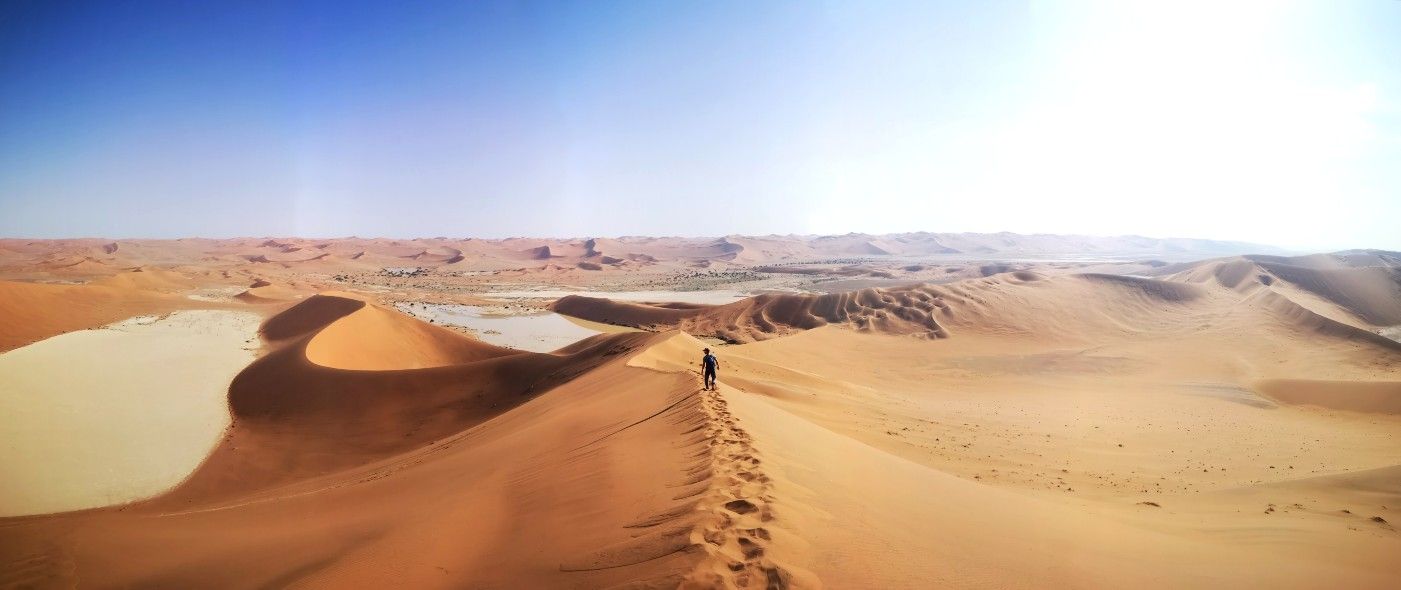
旅遊報告納米比亞
